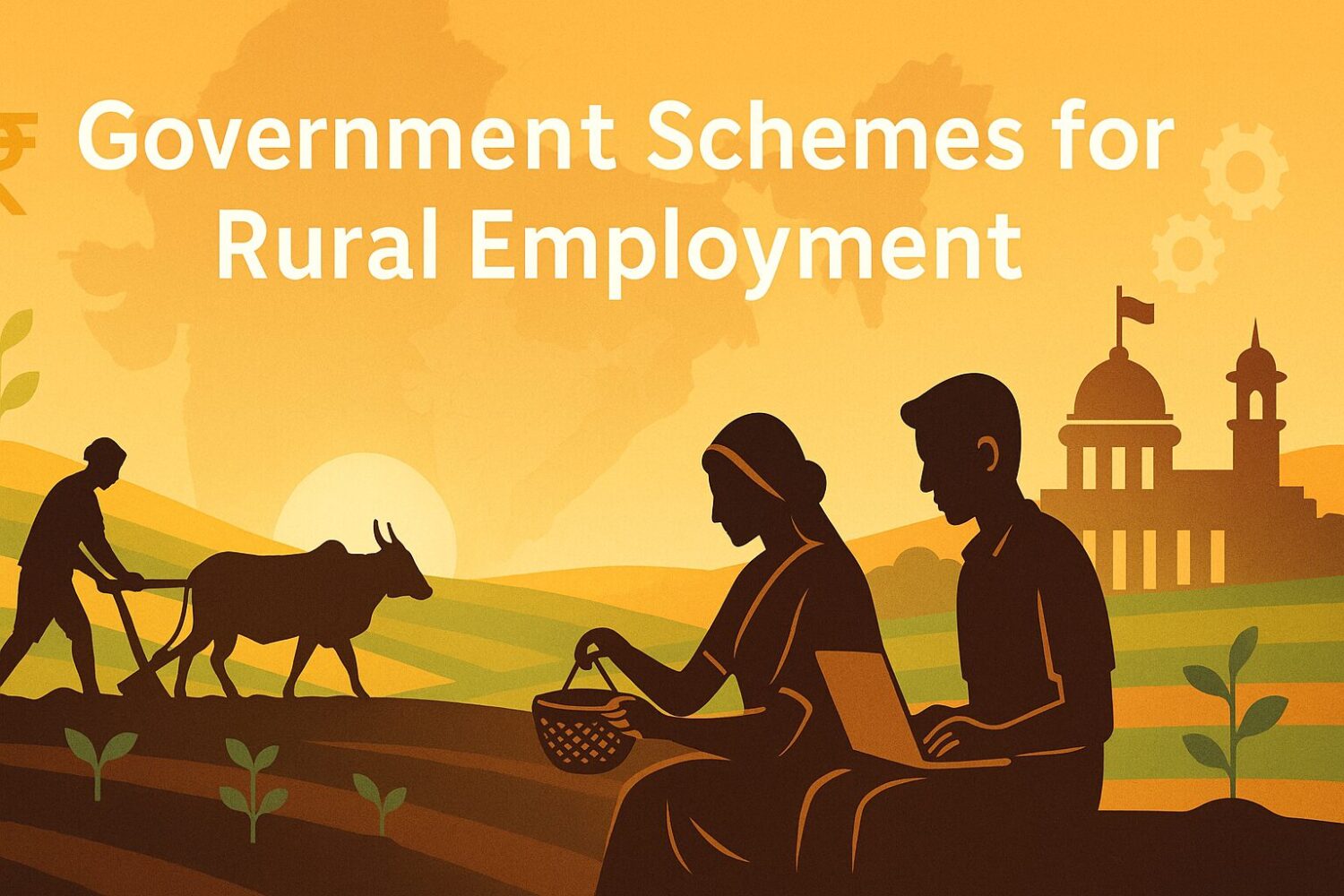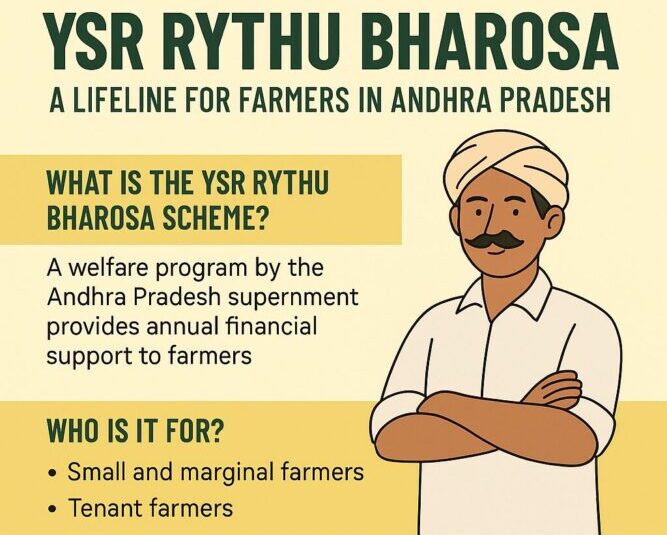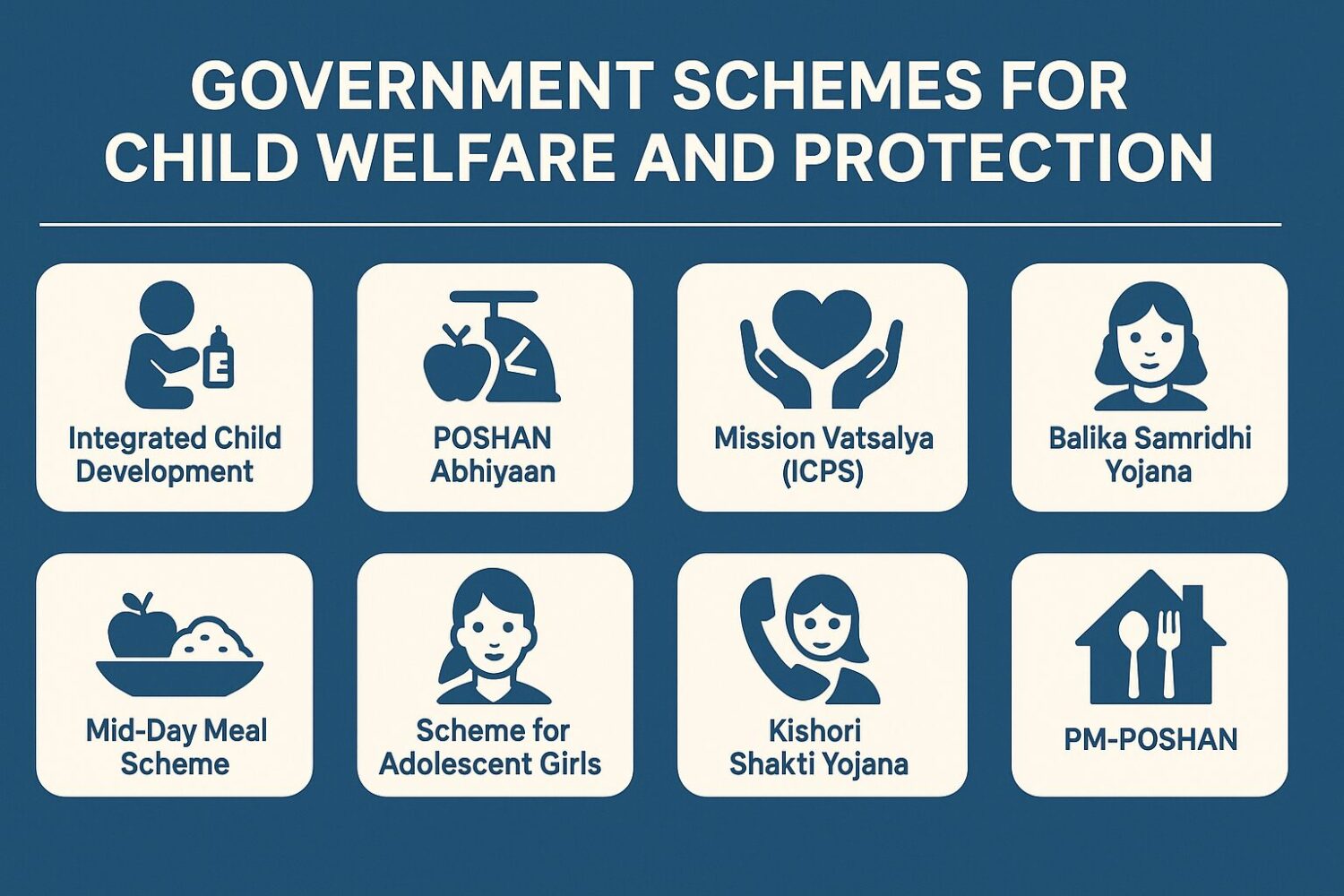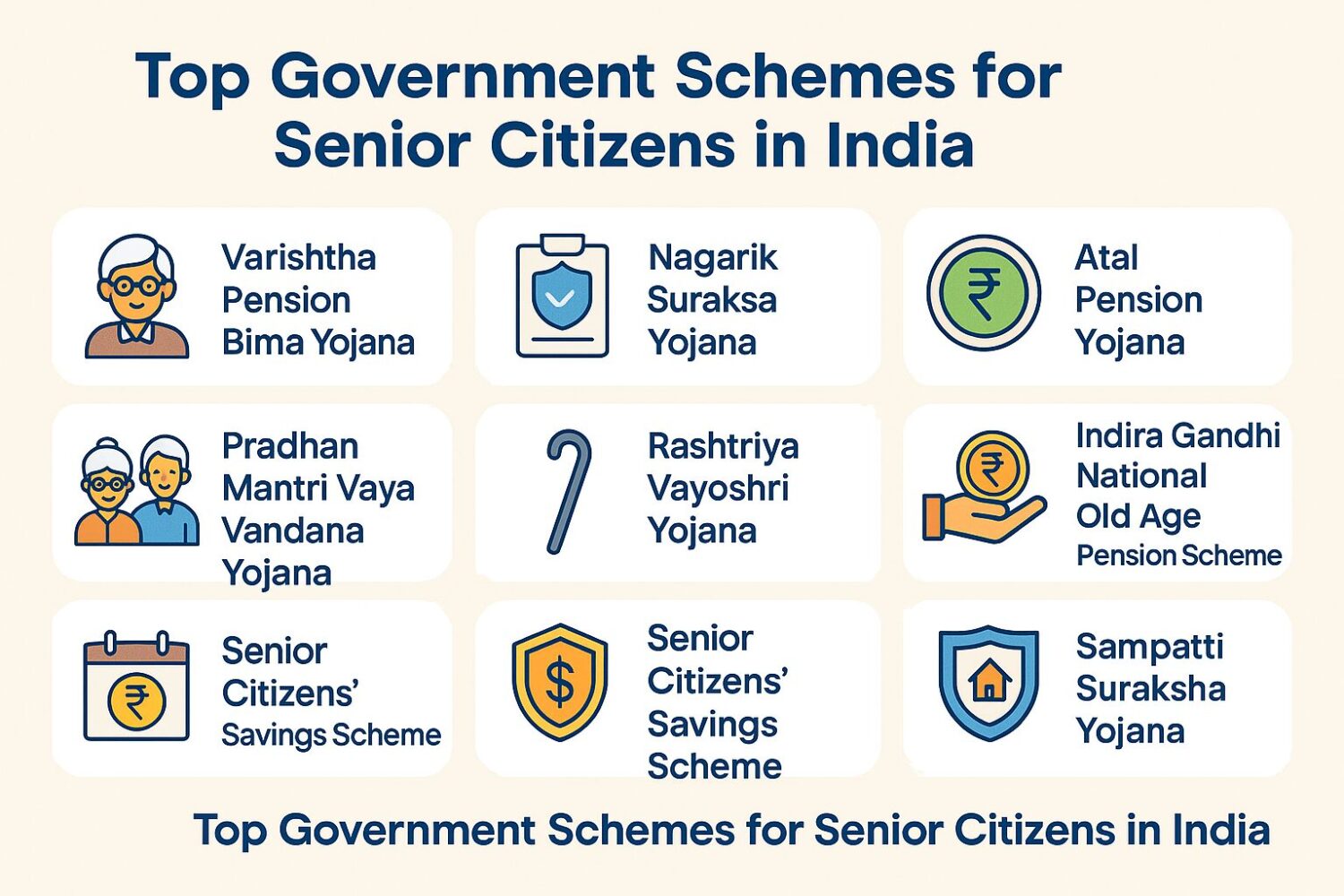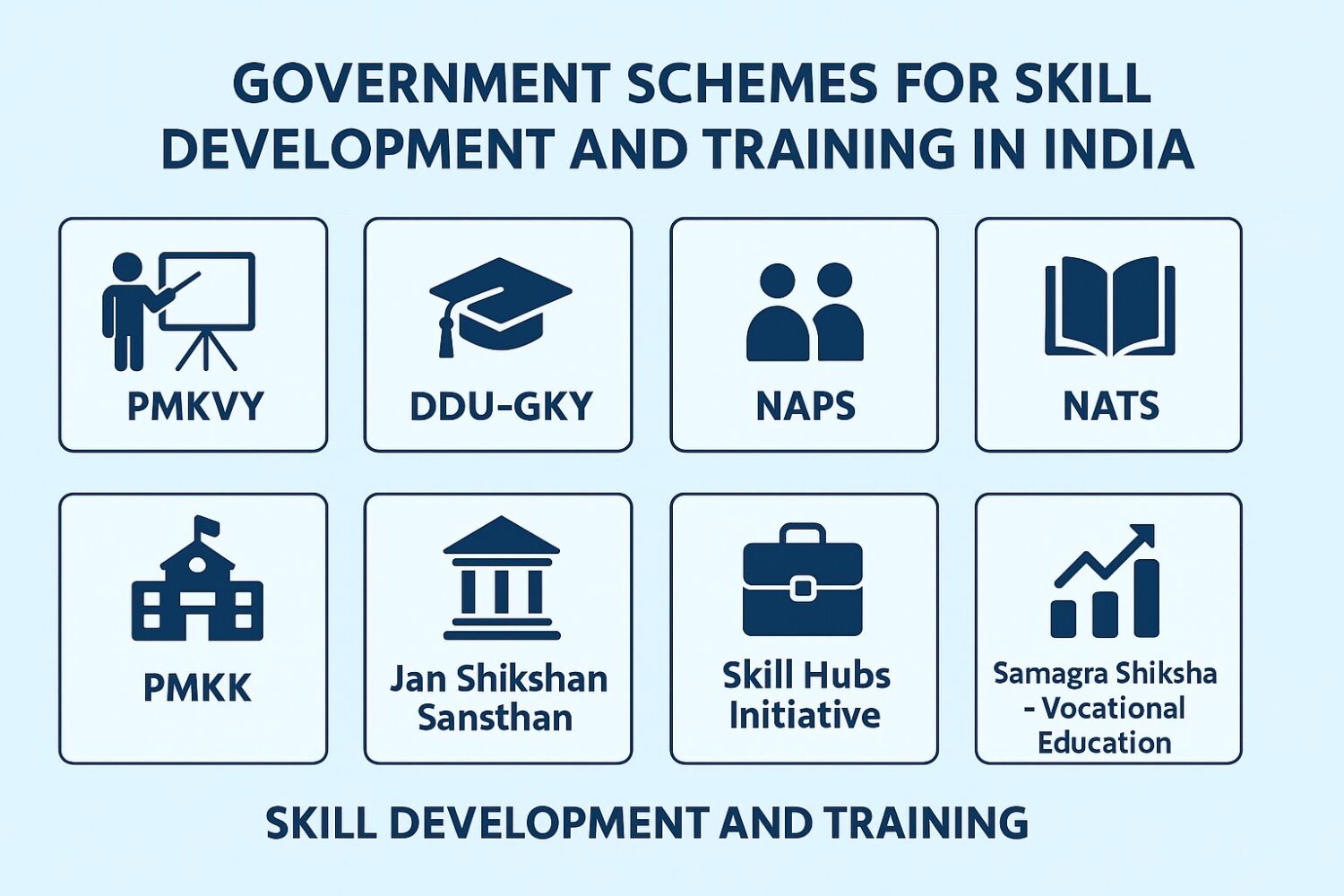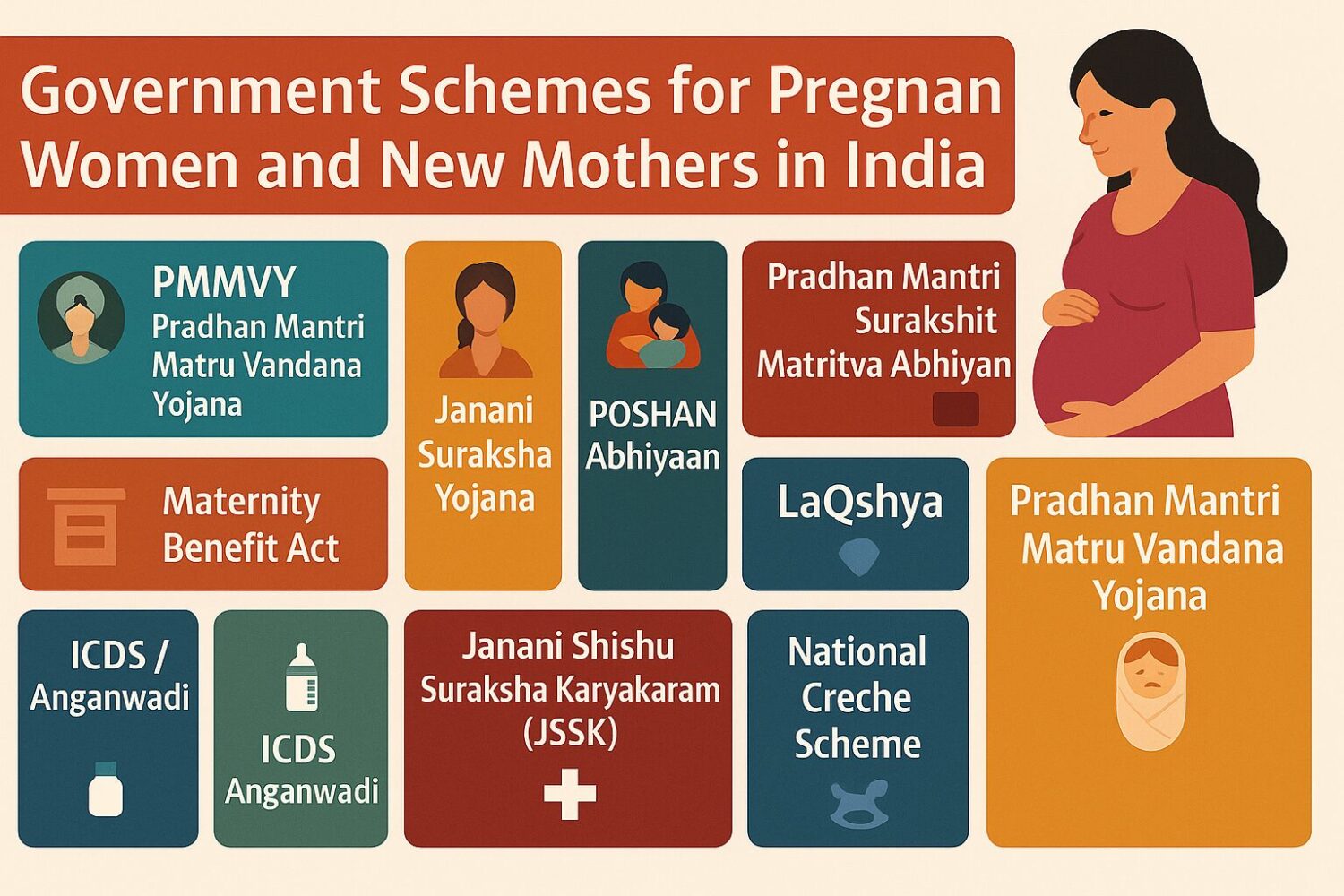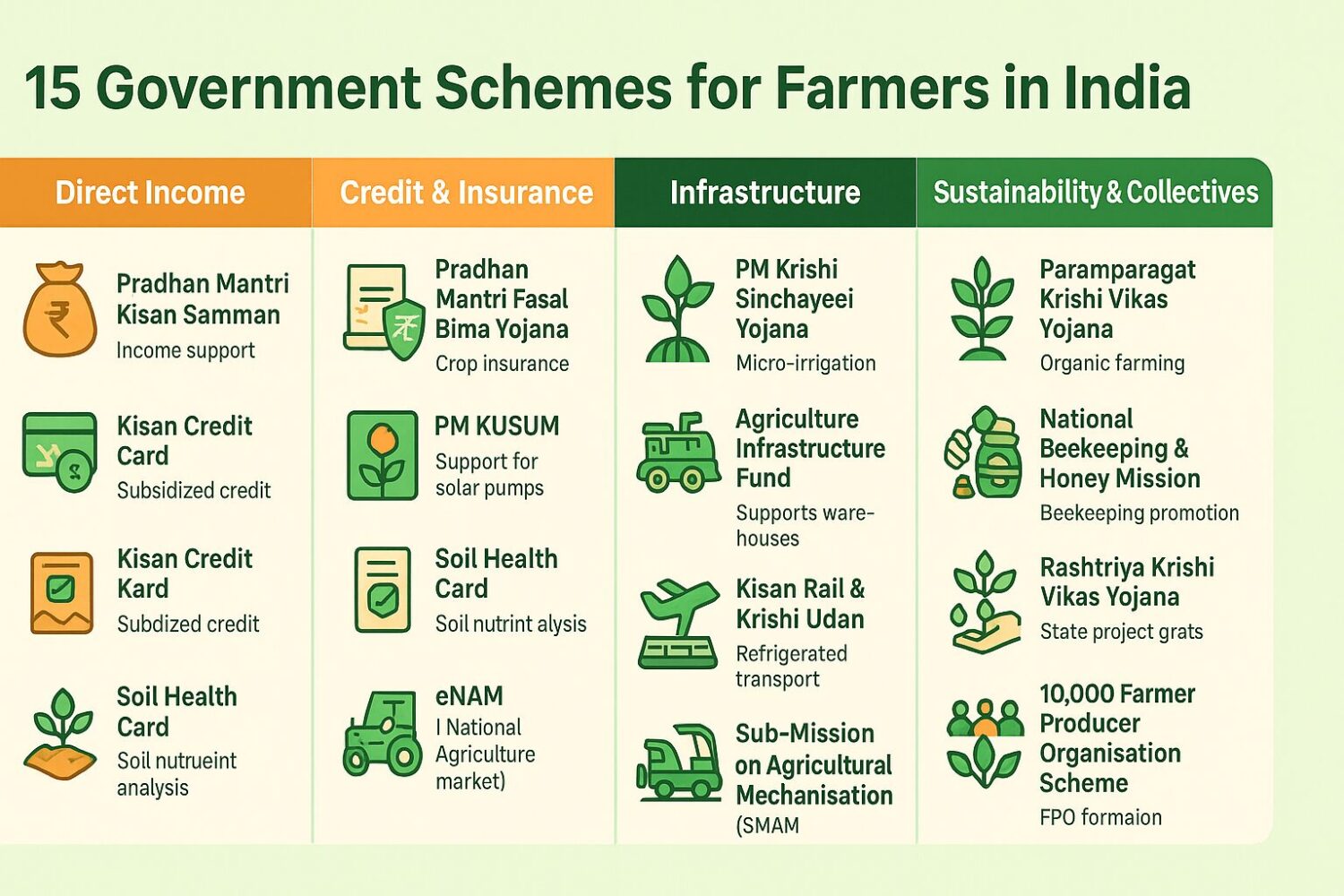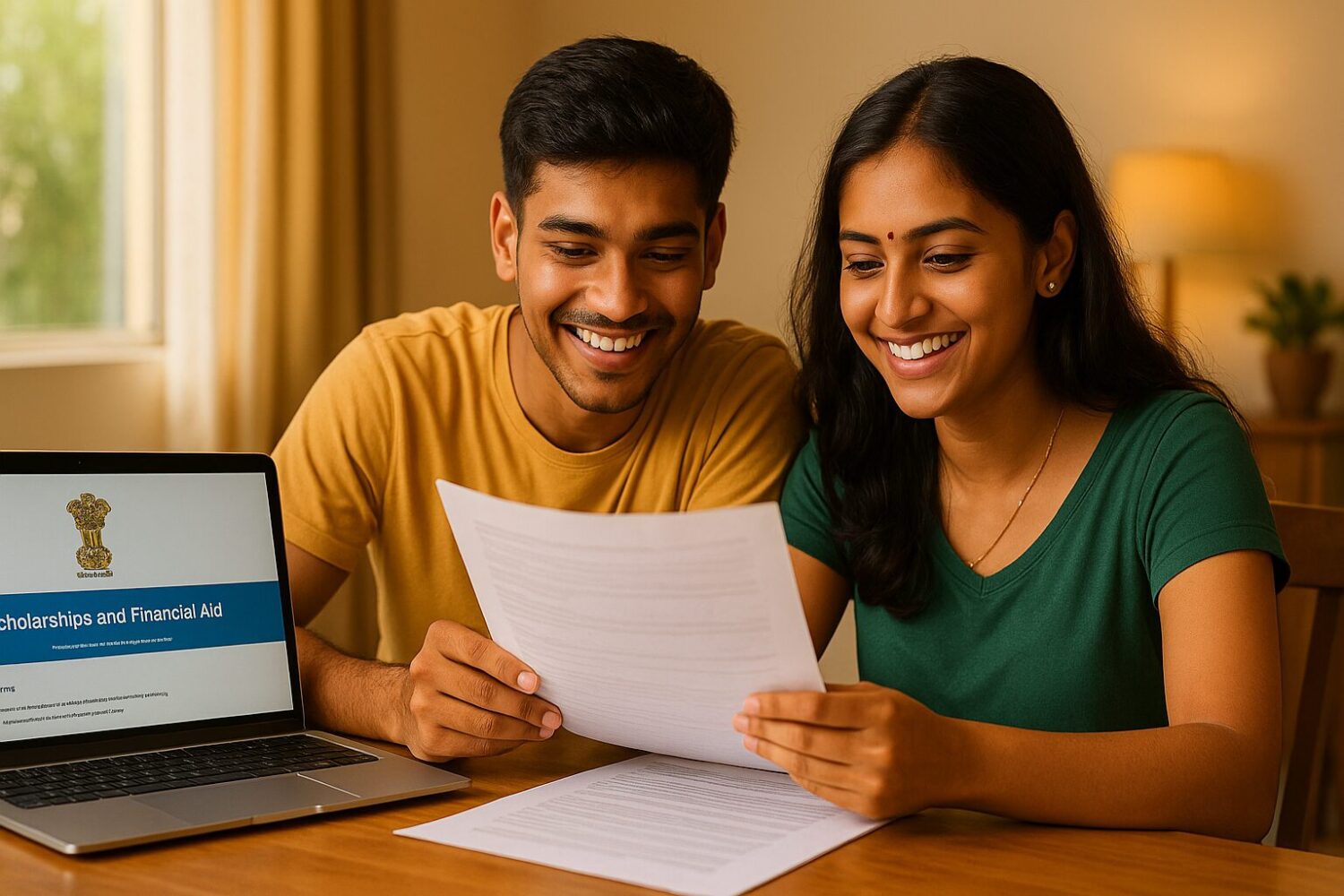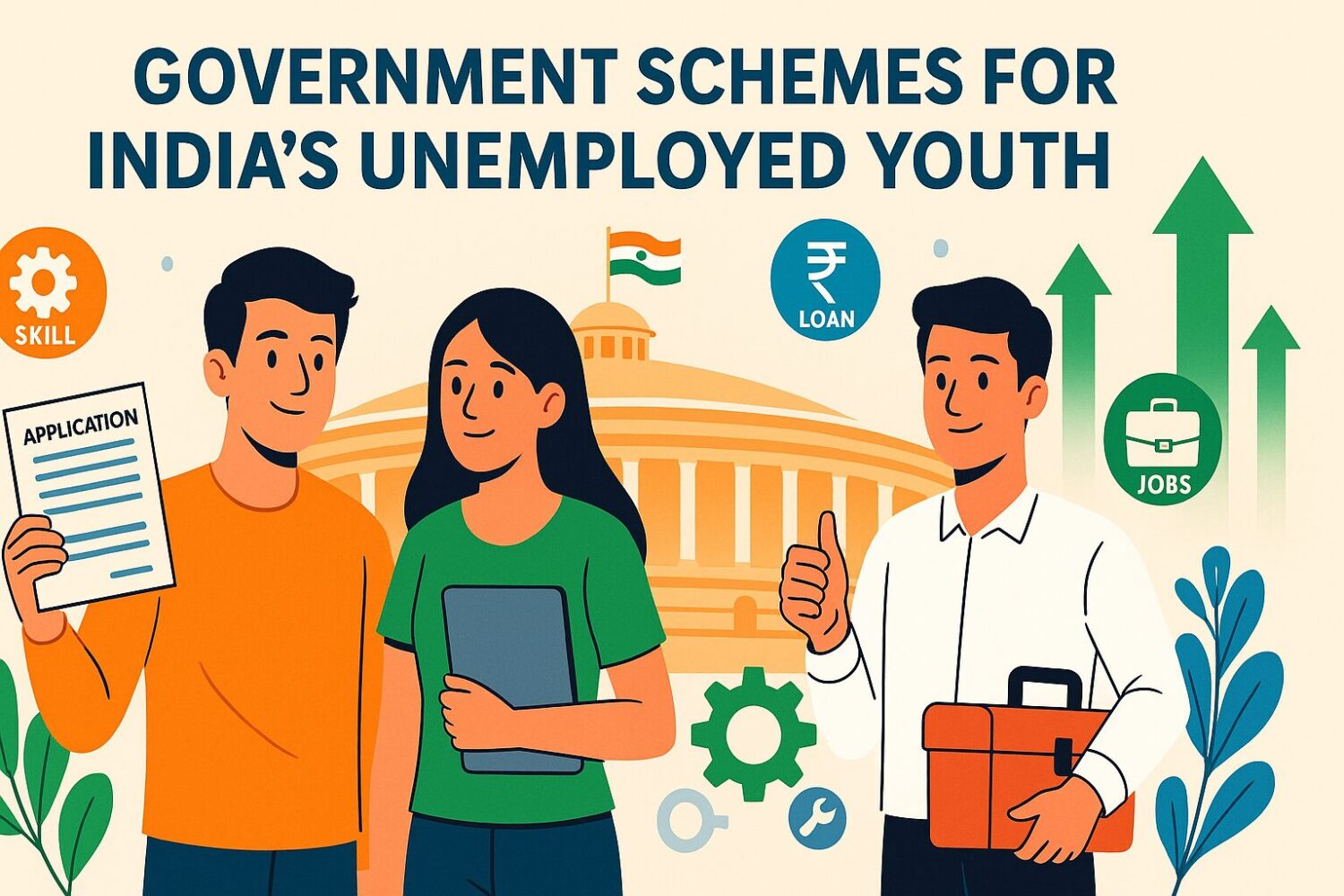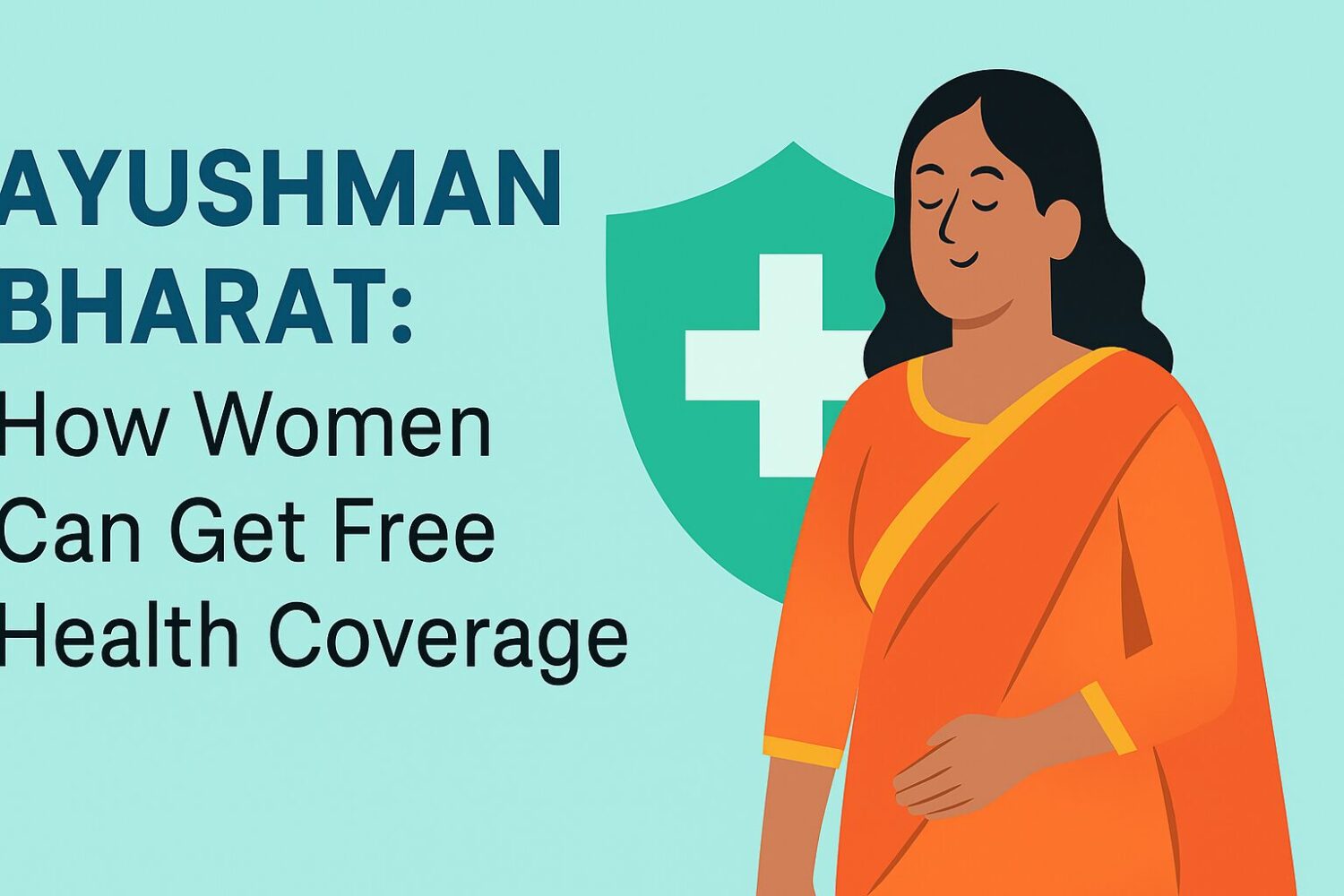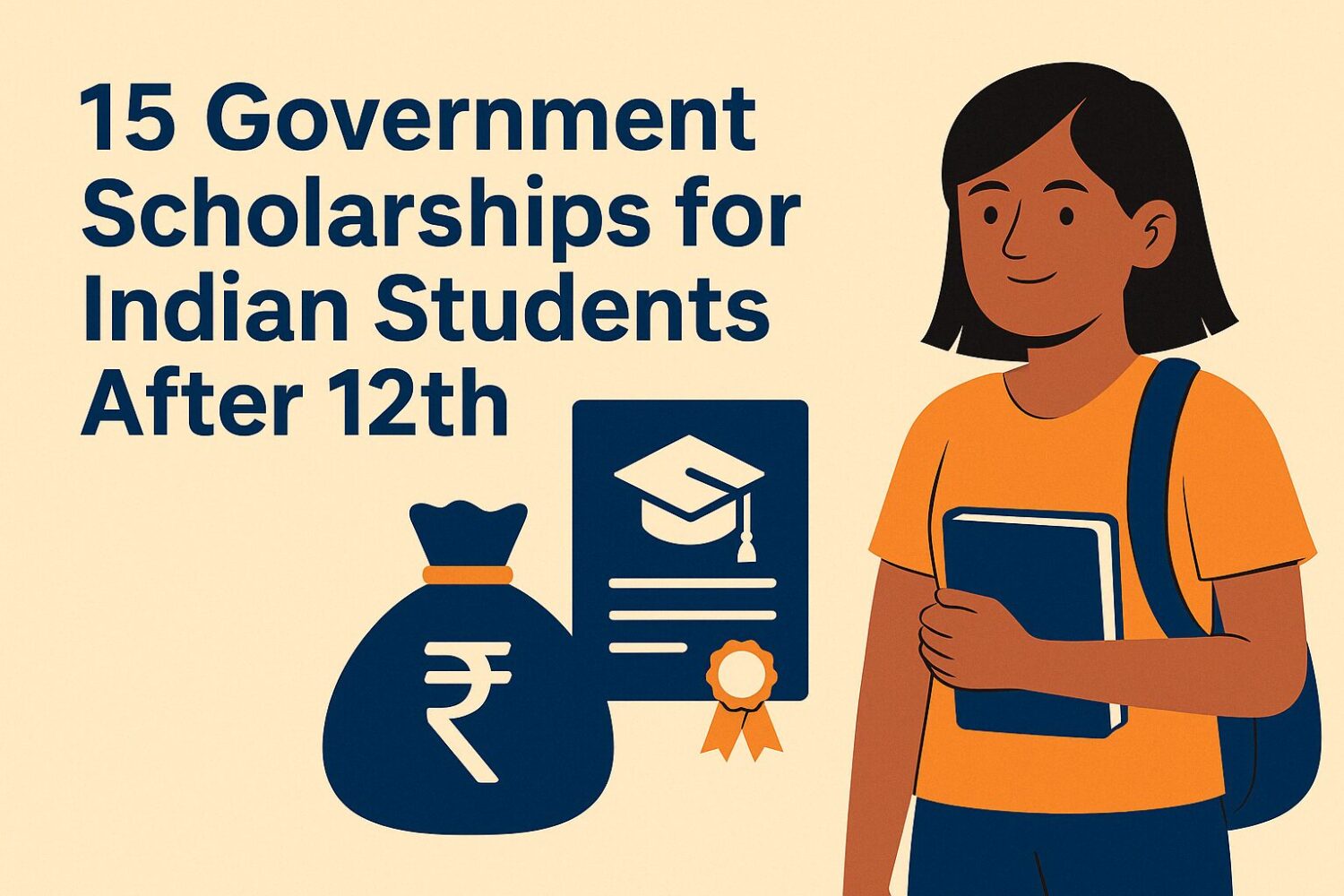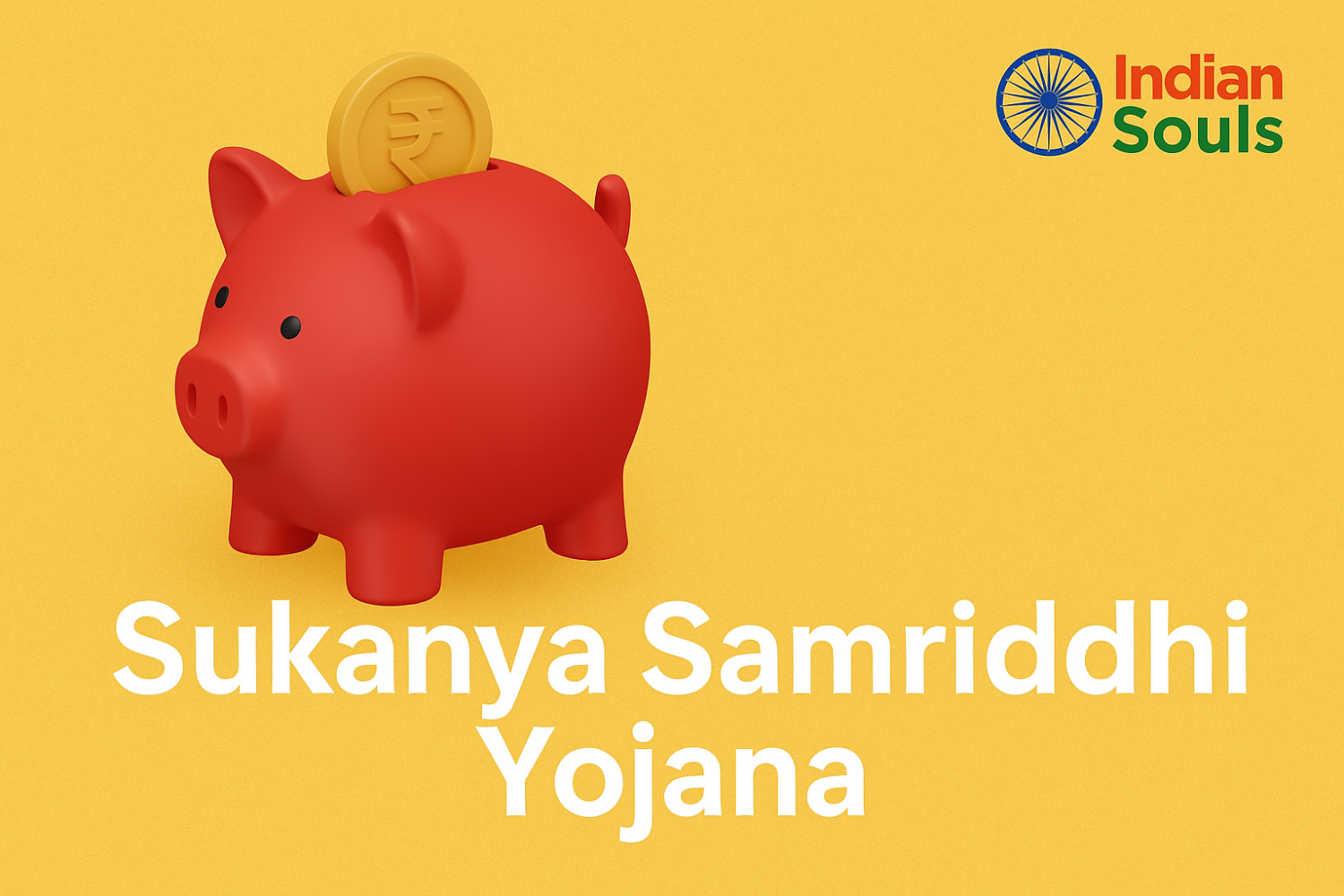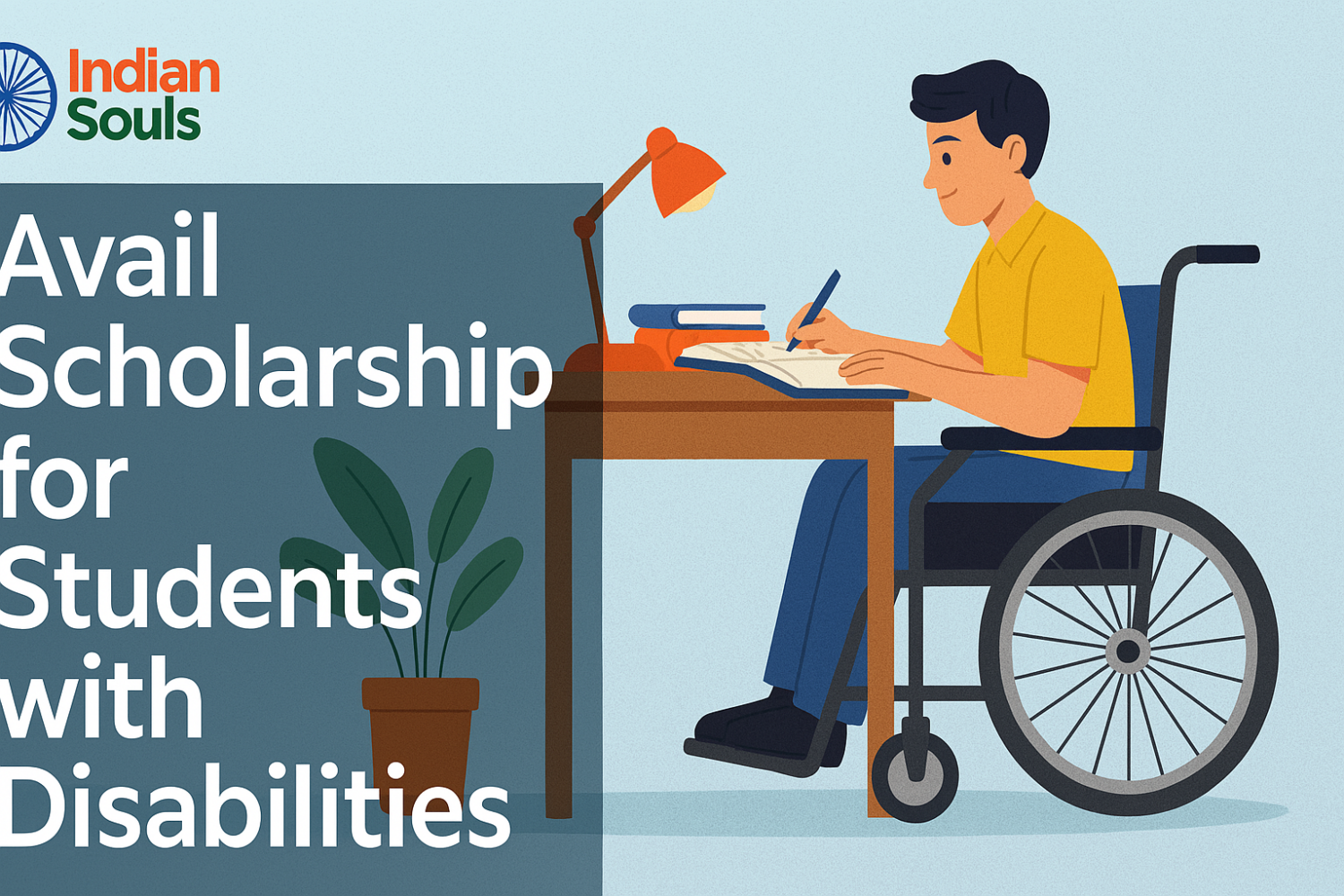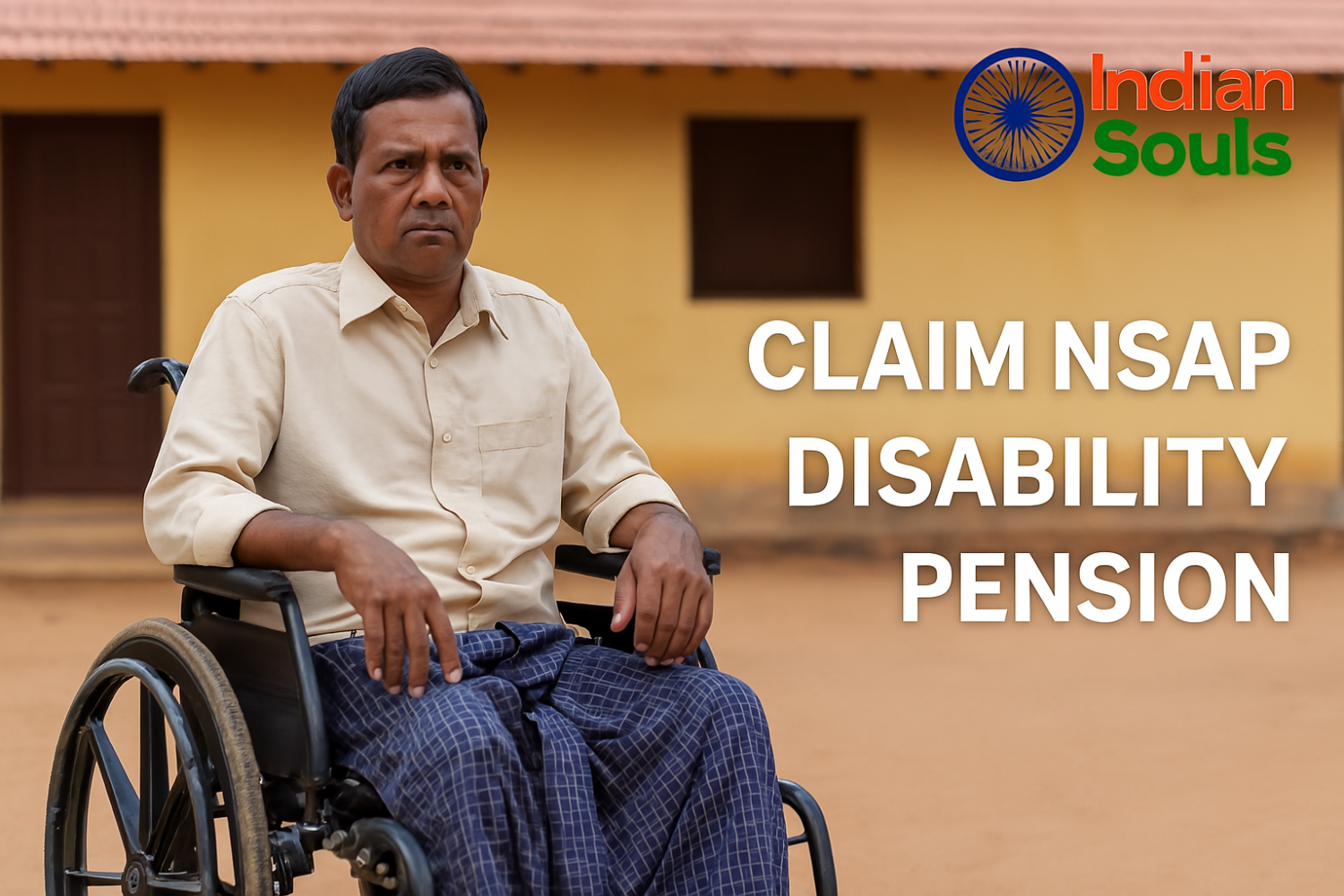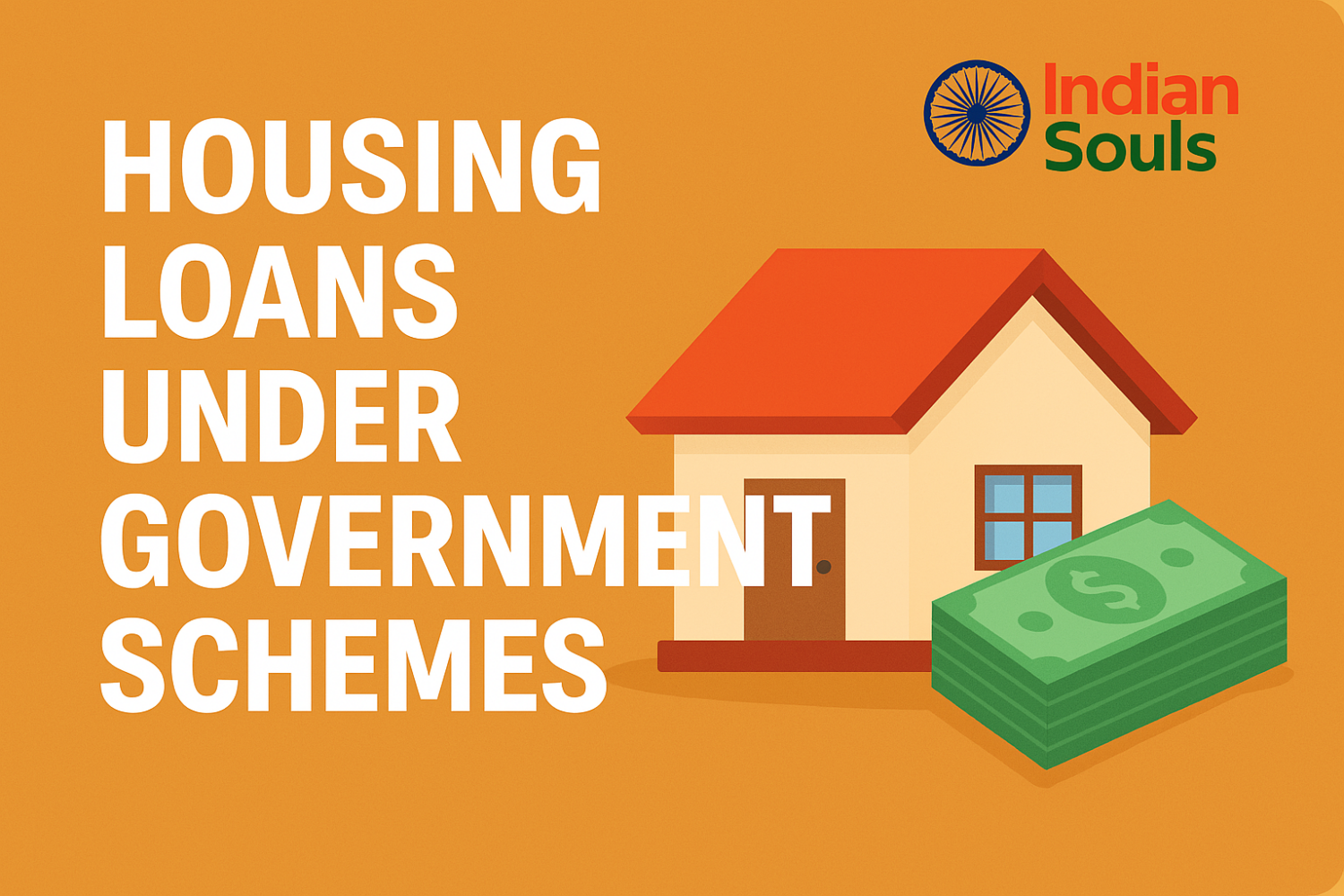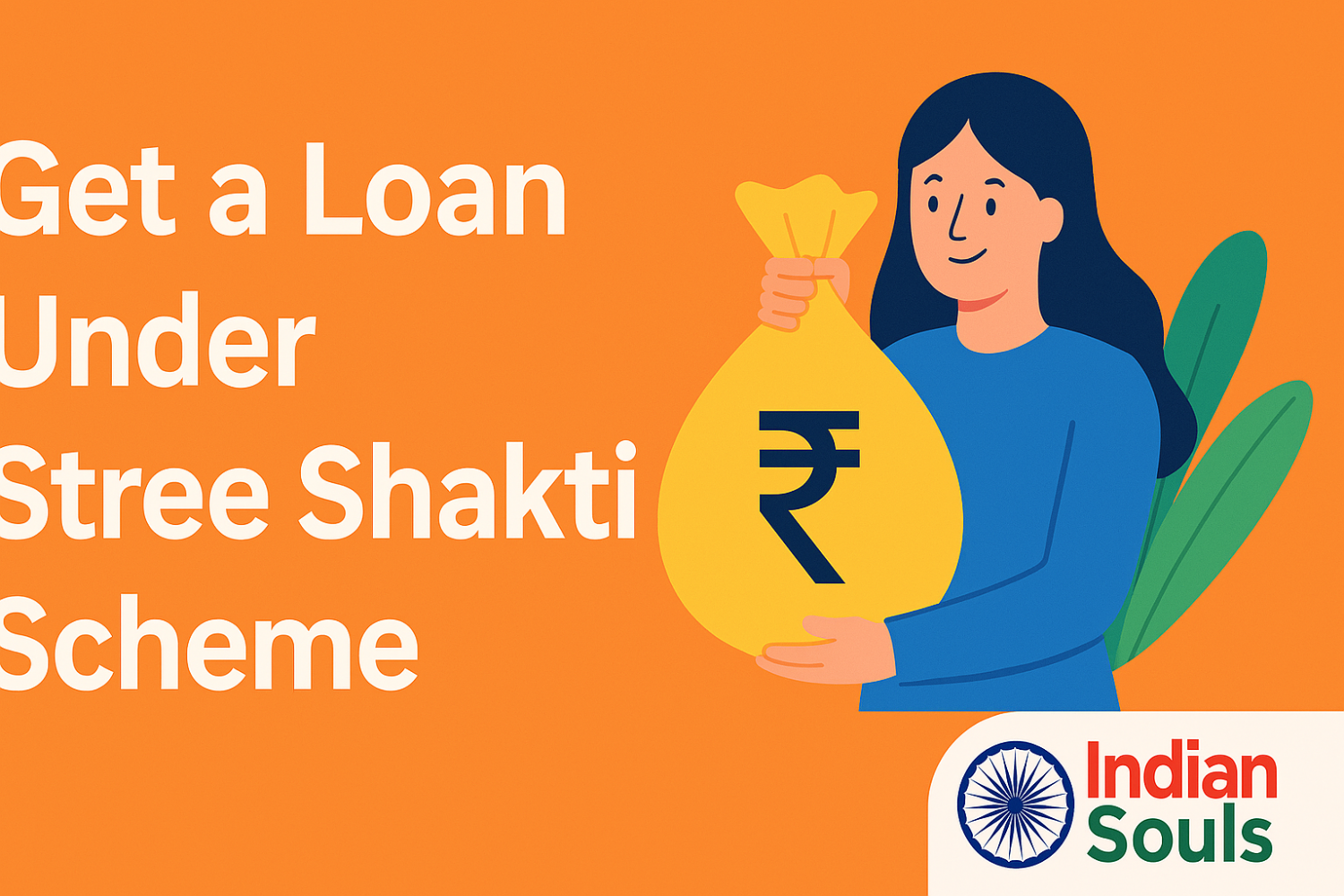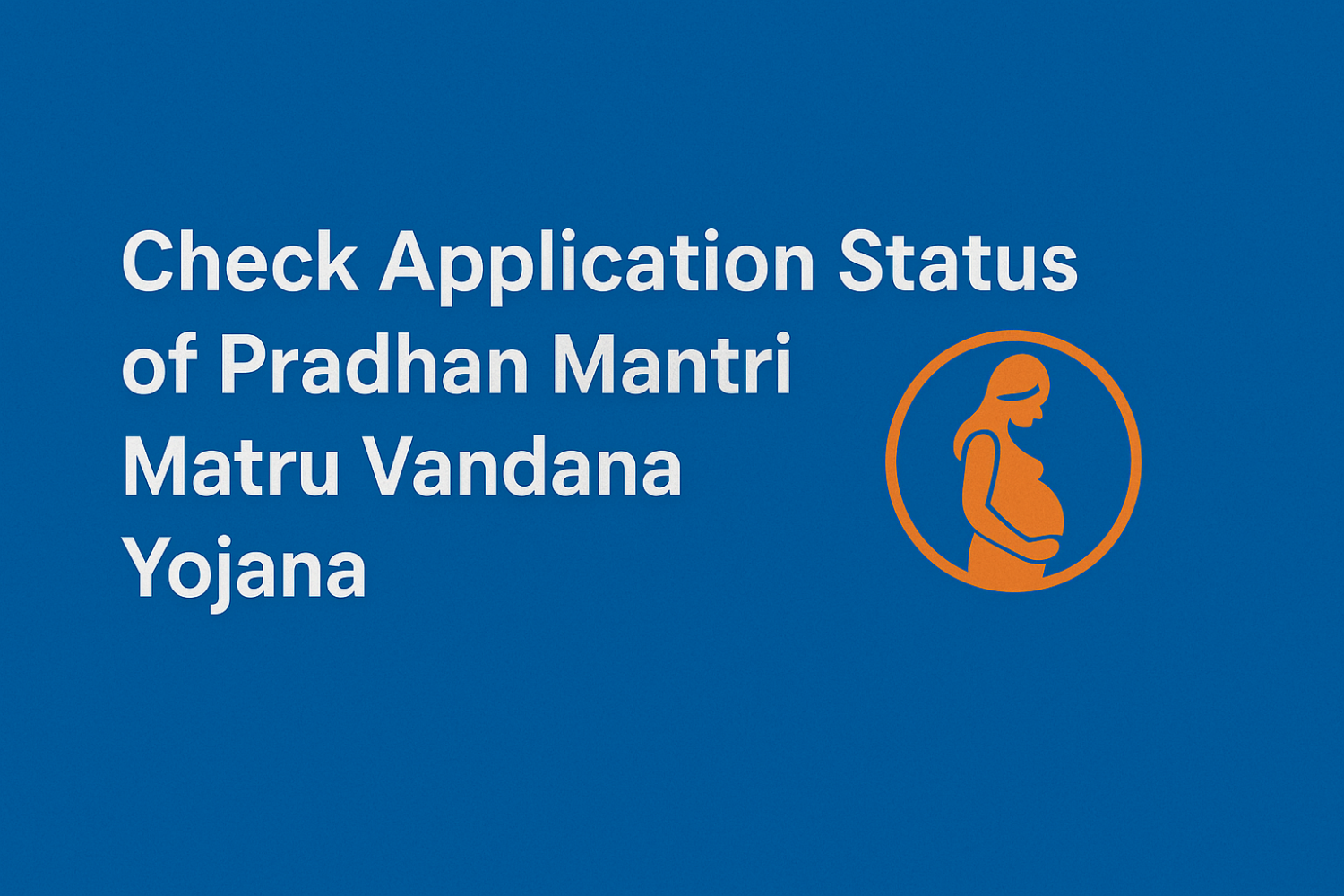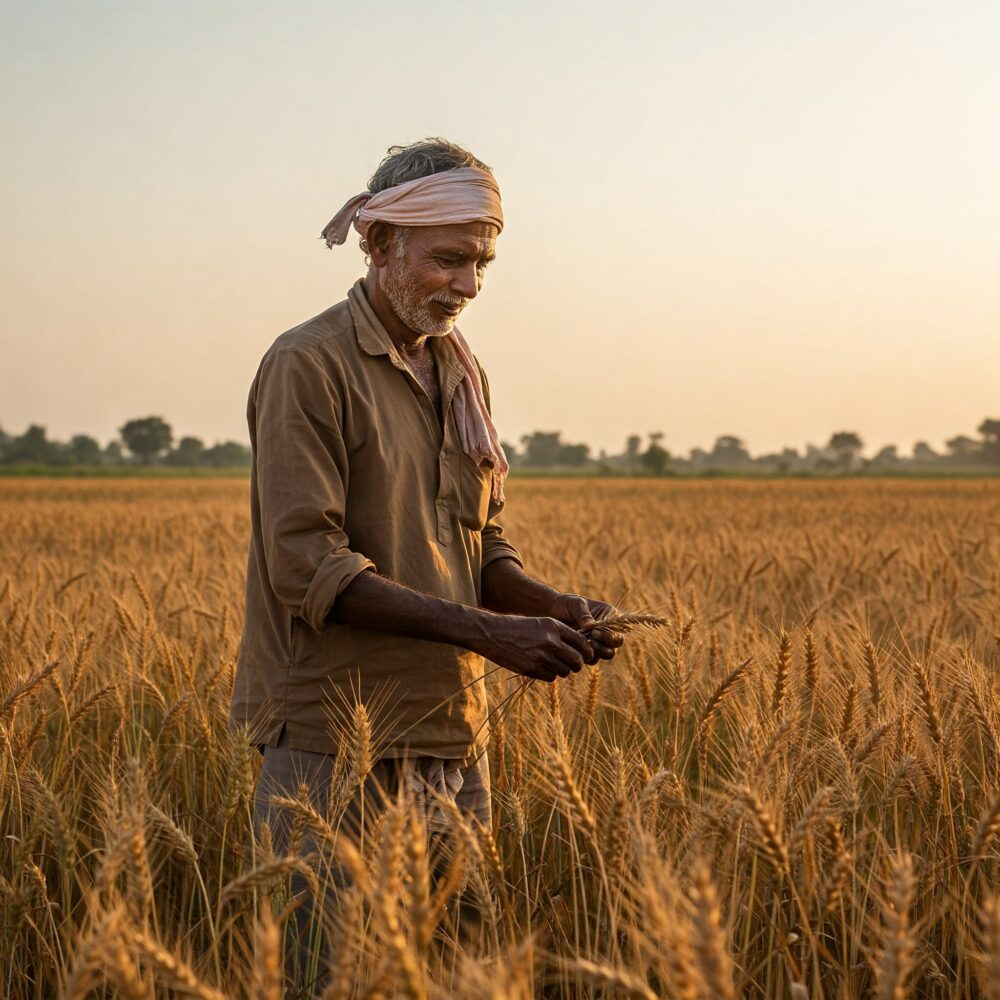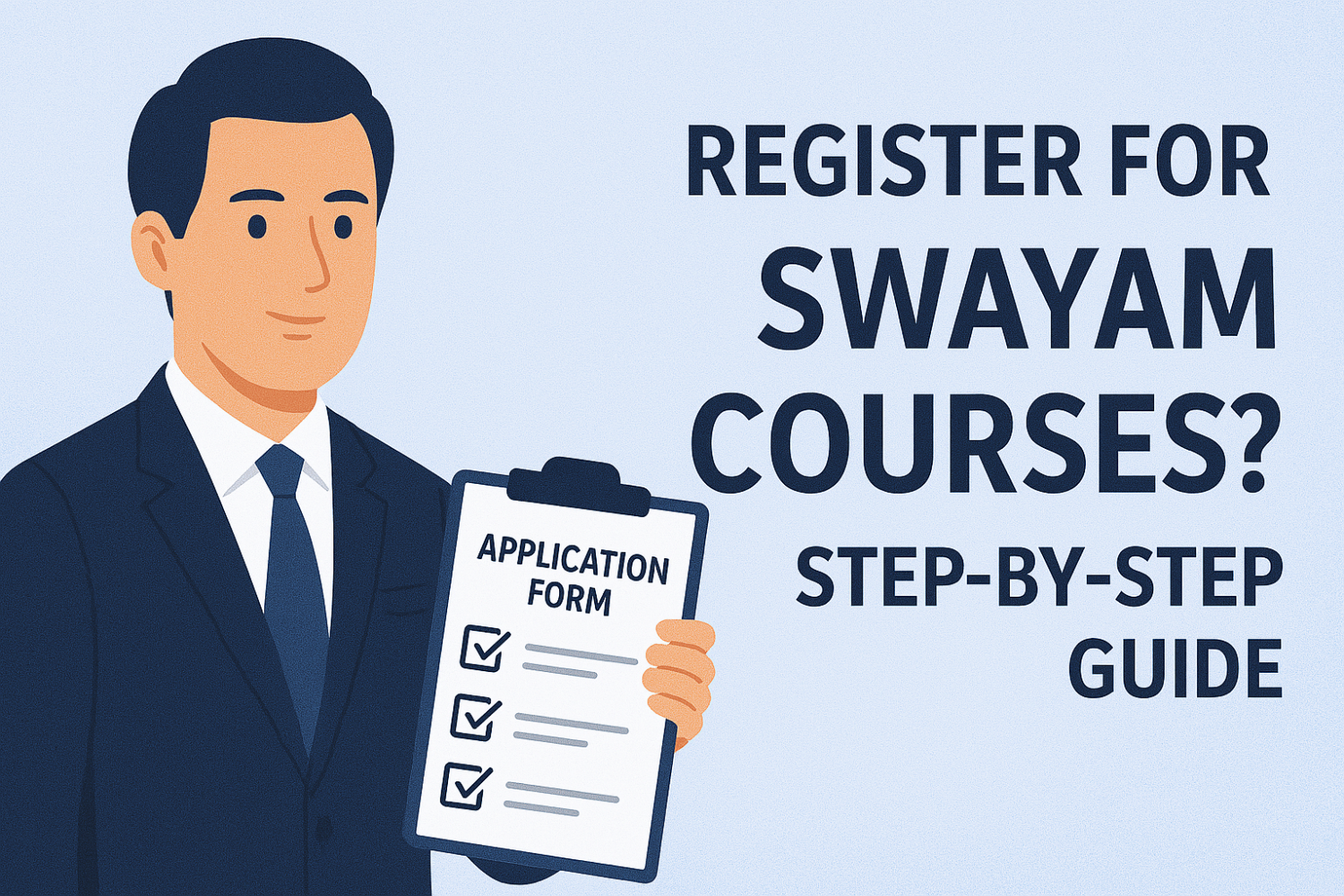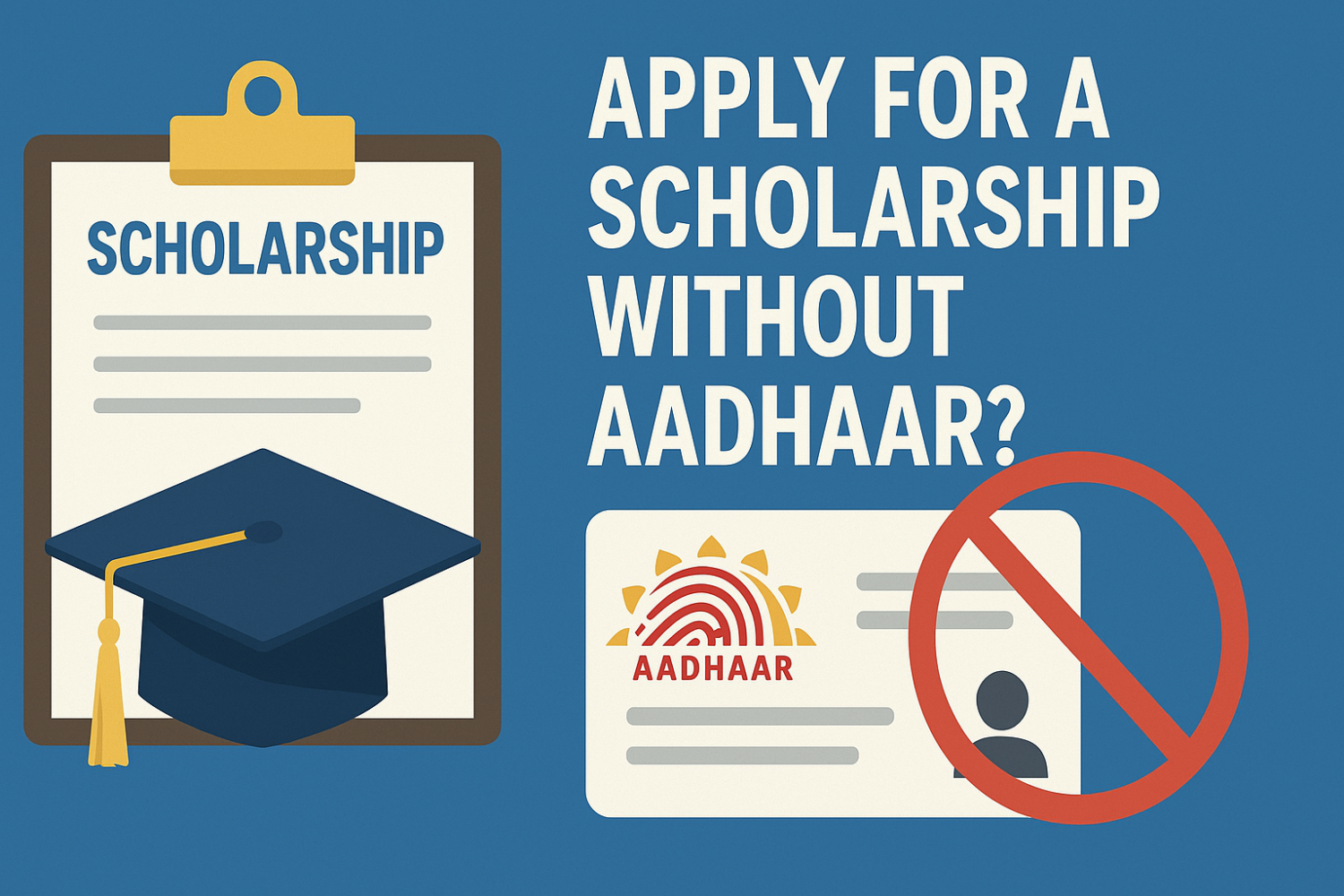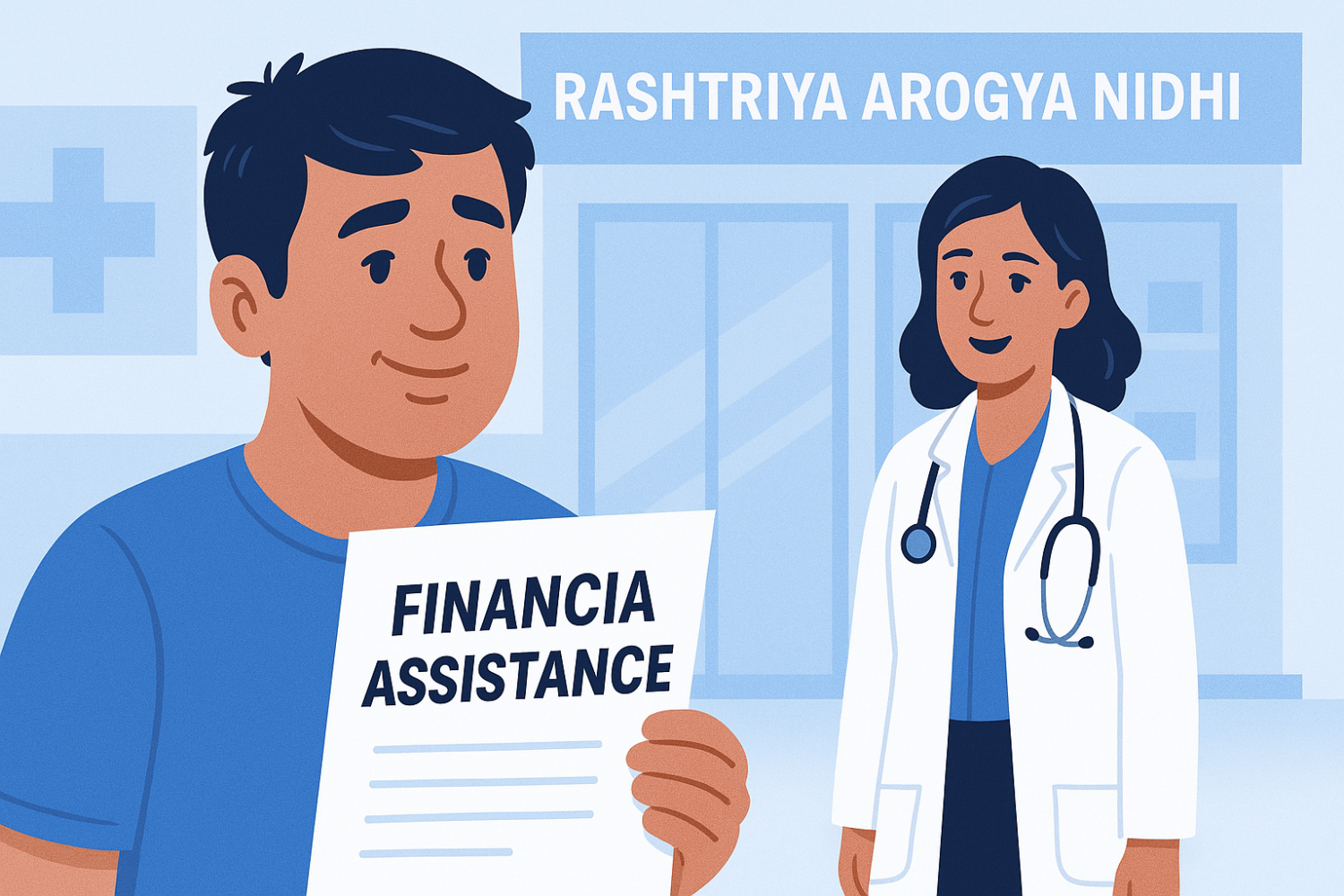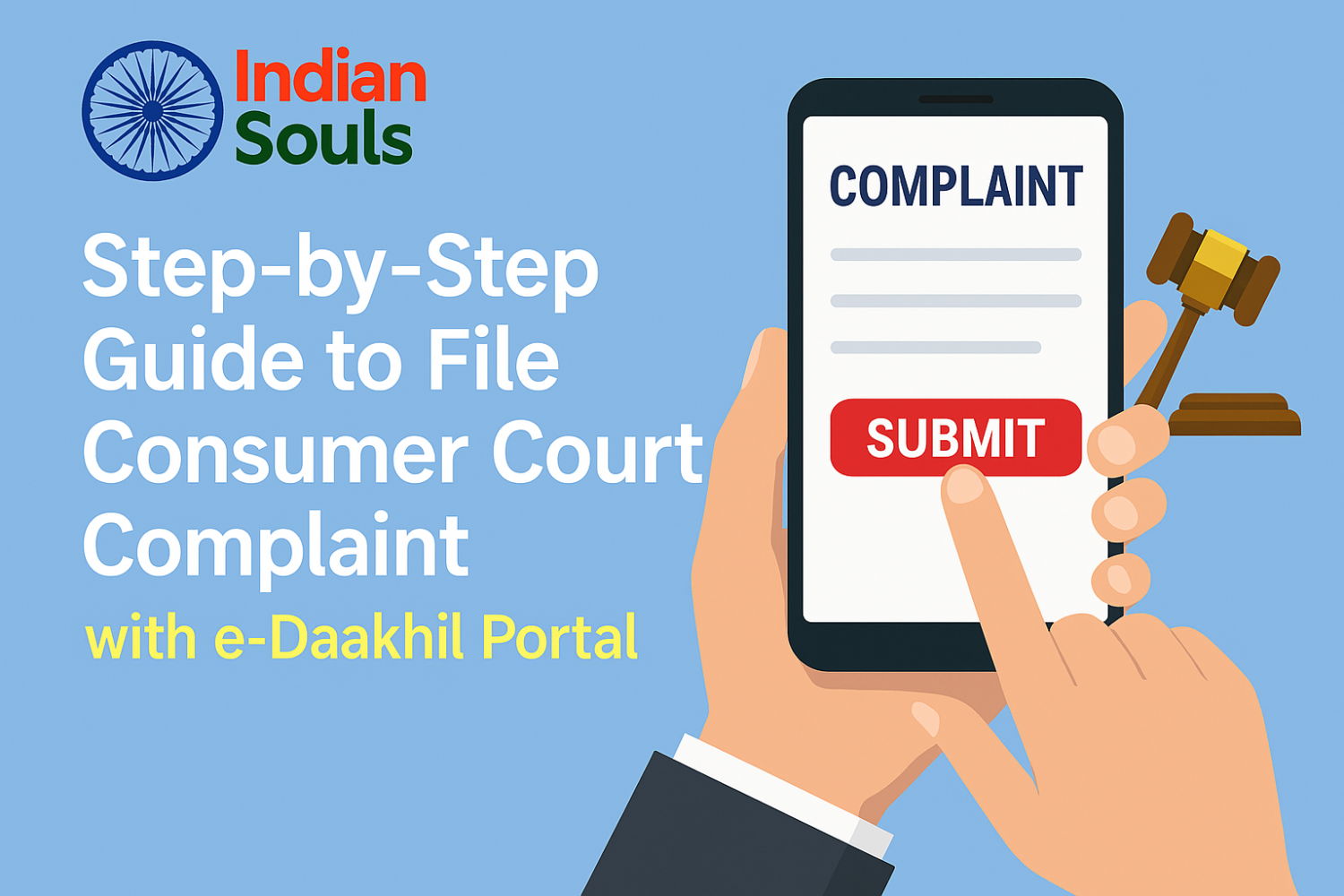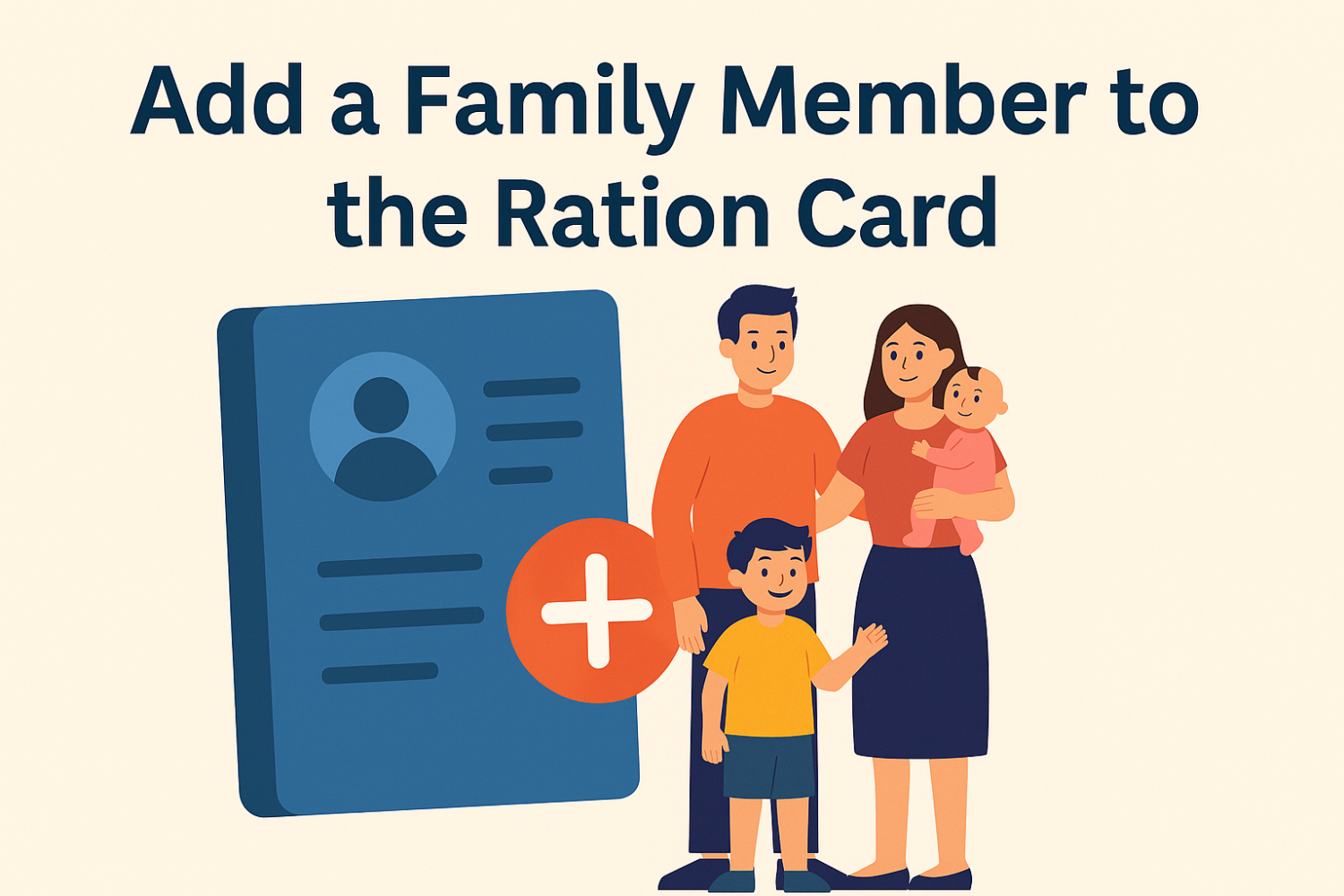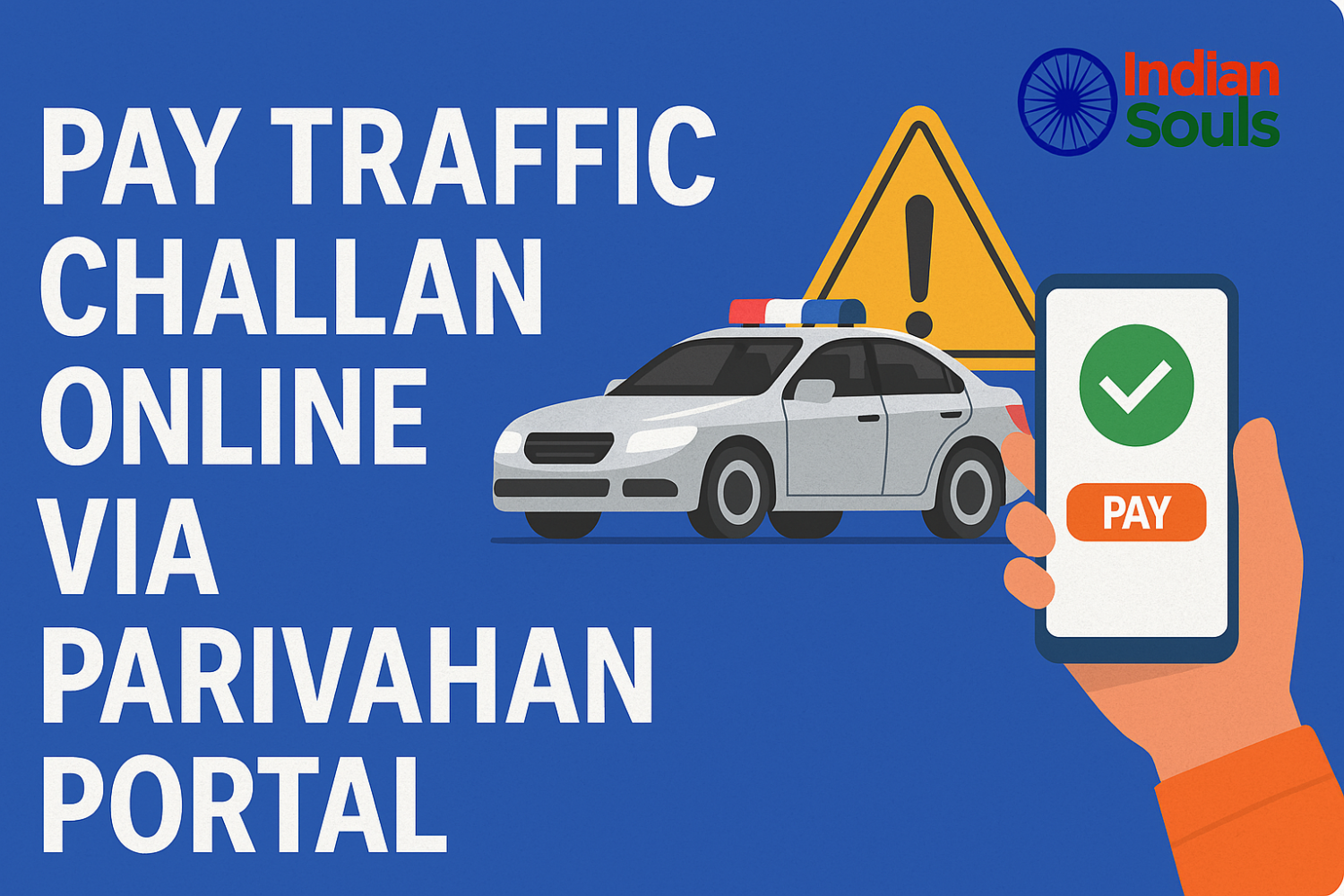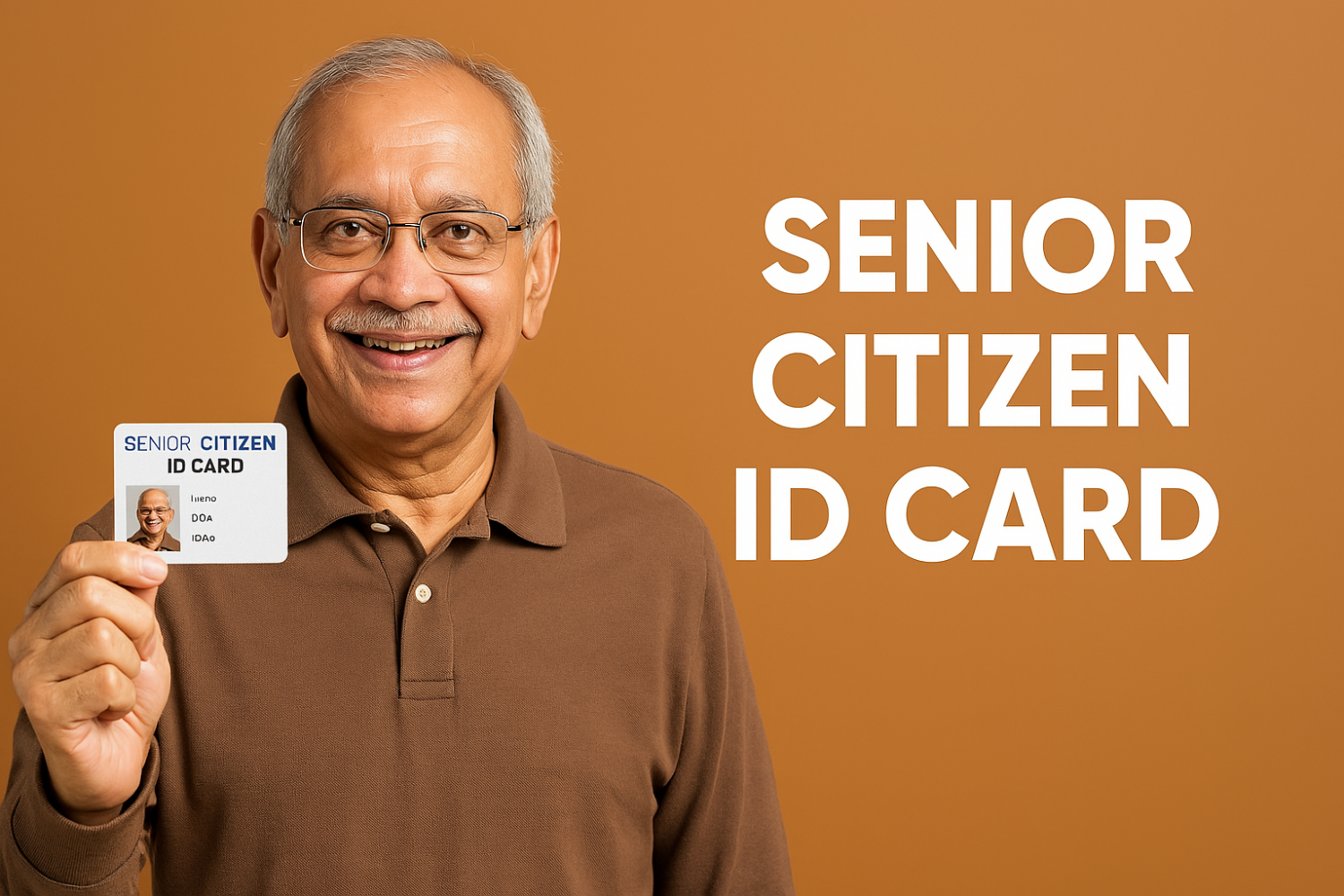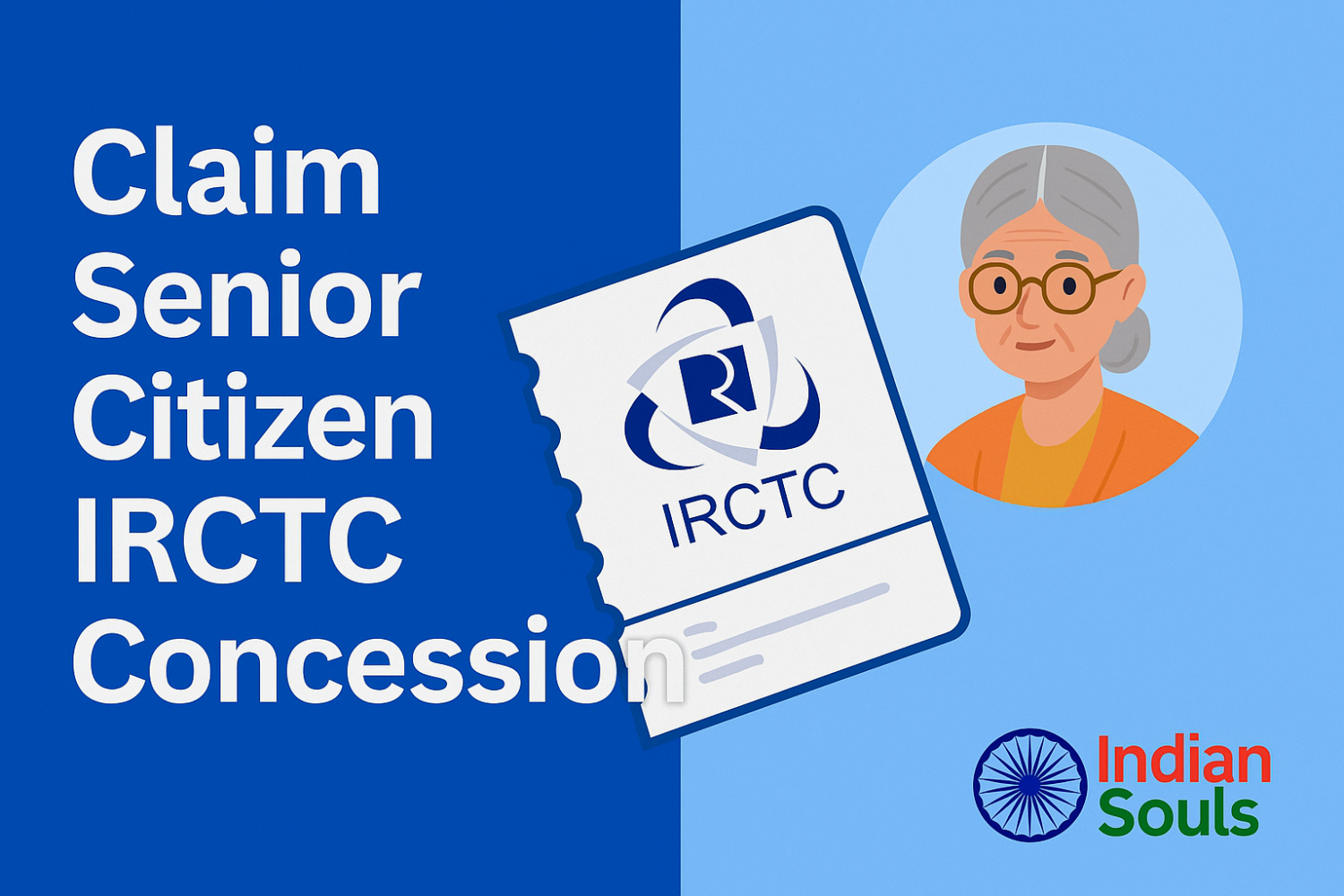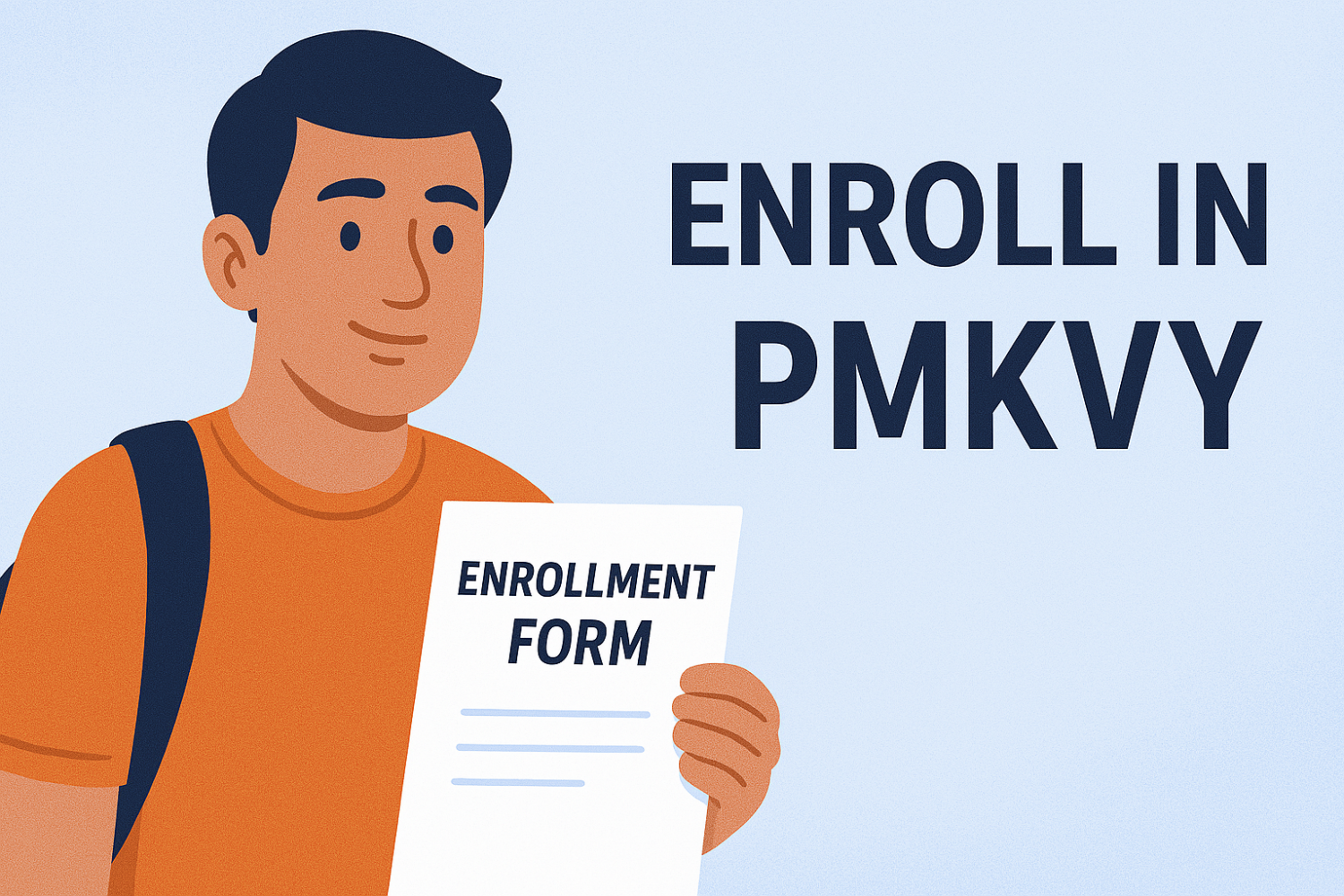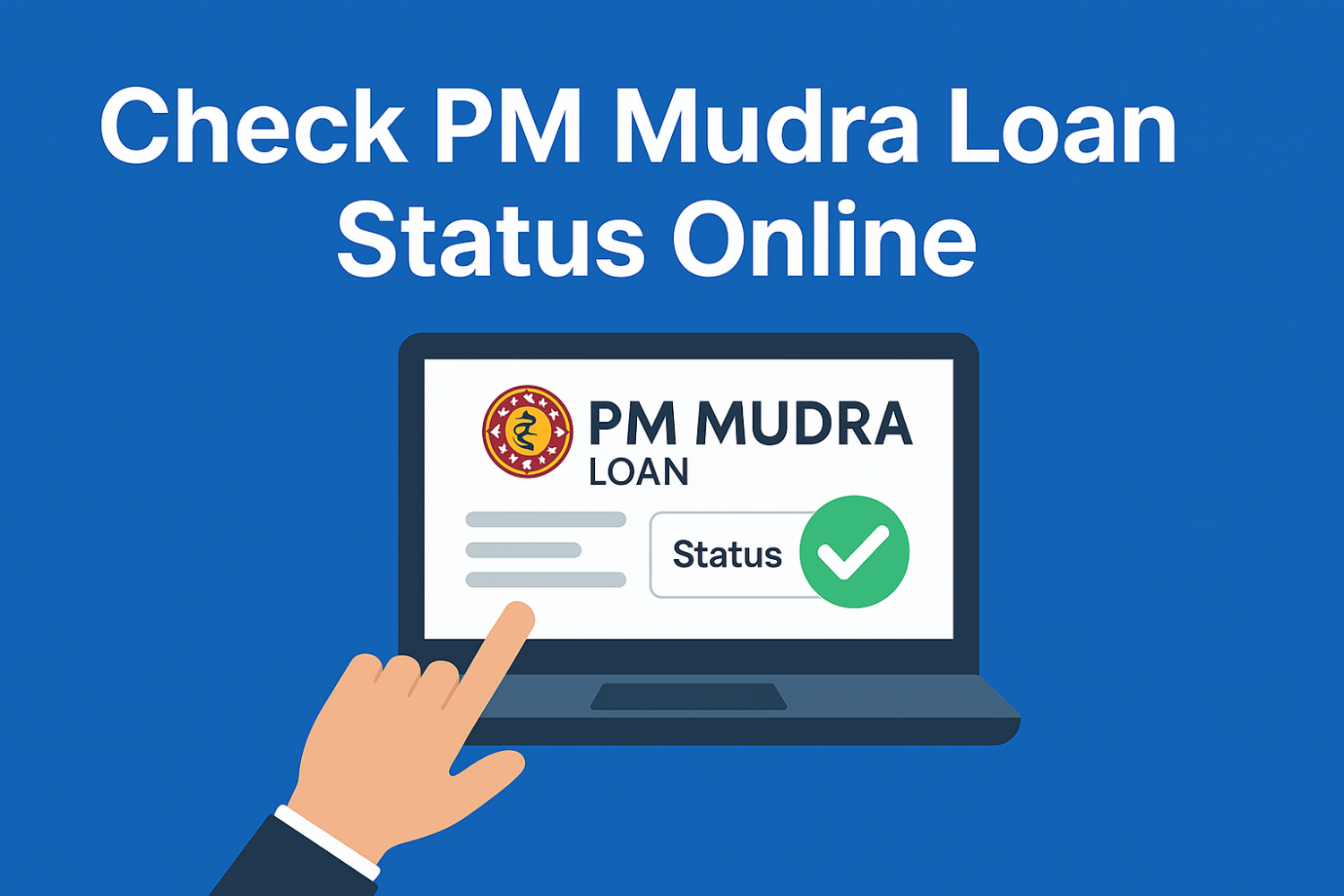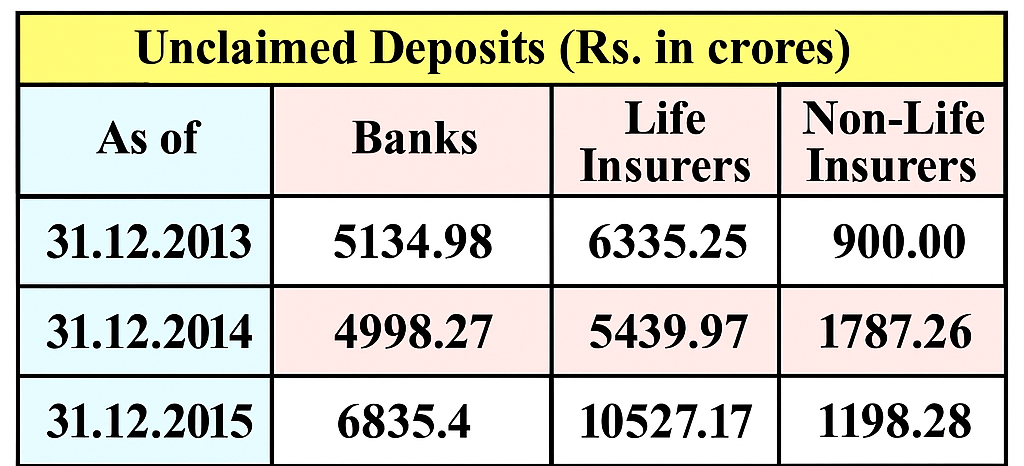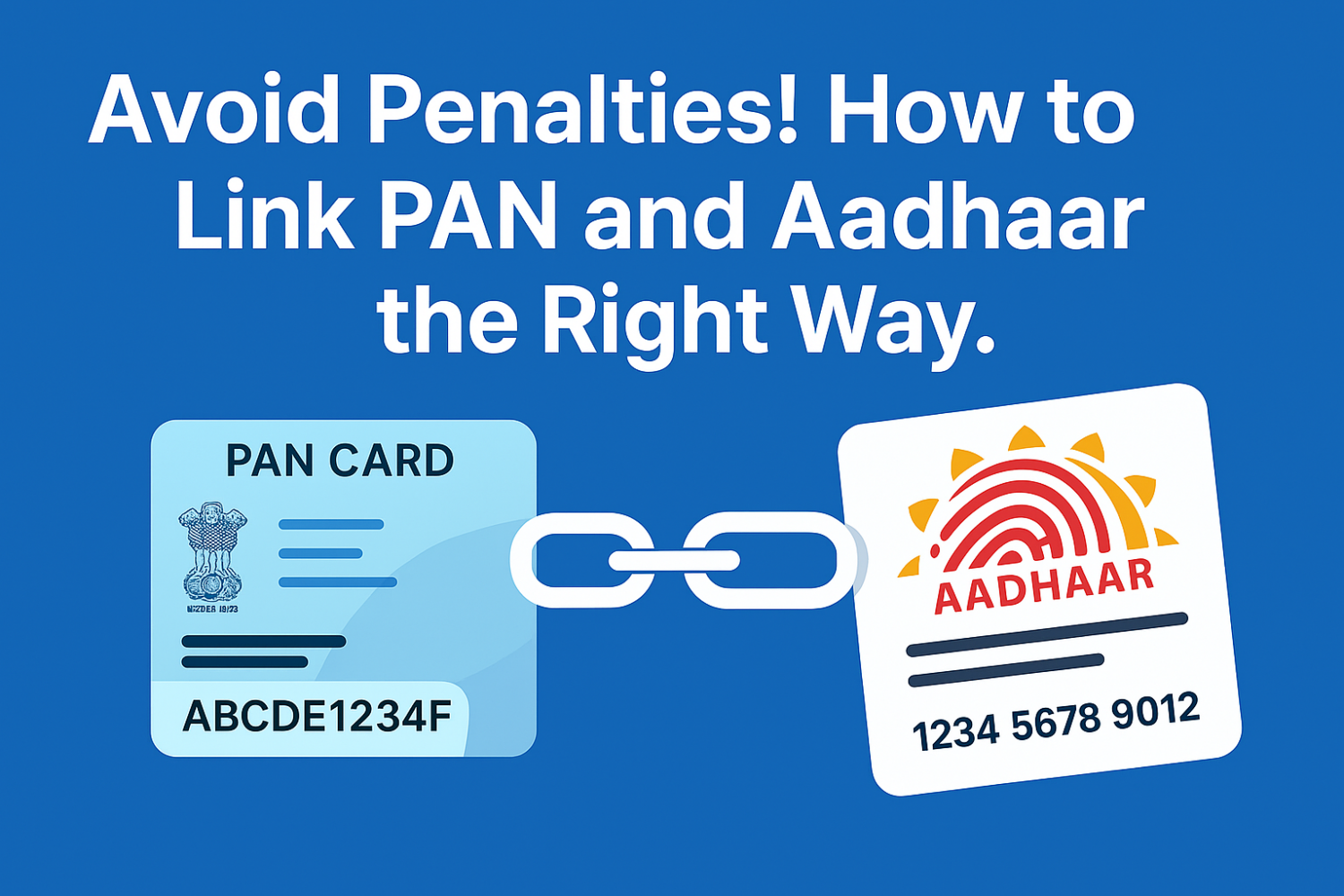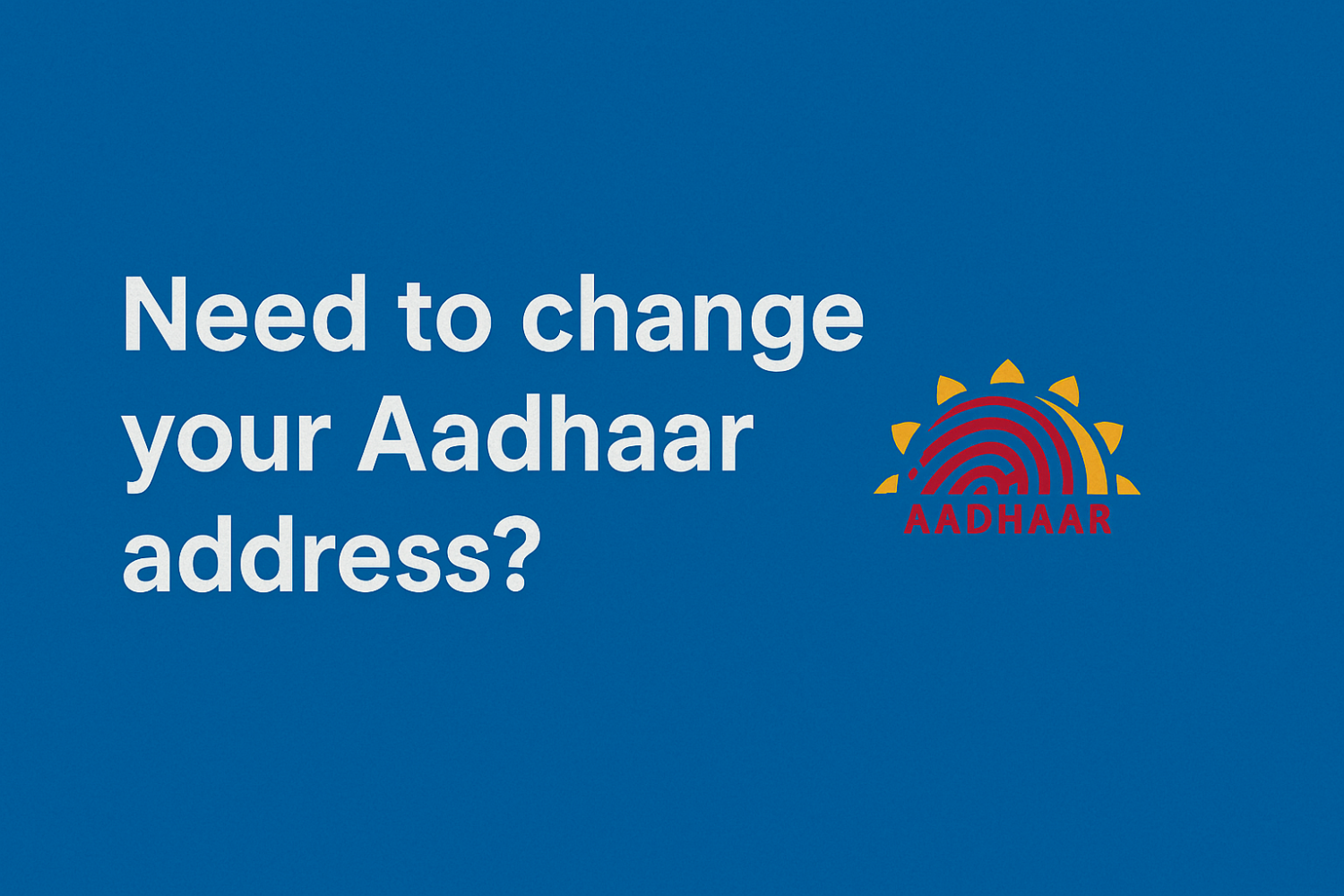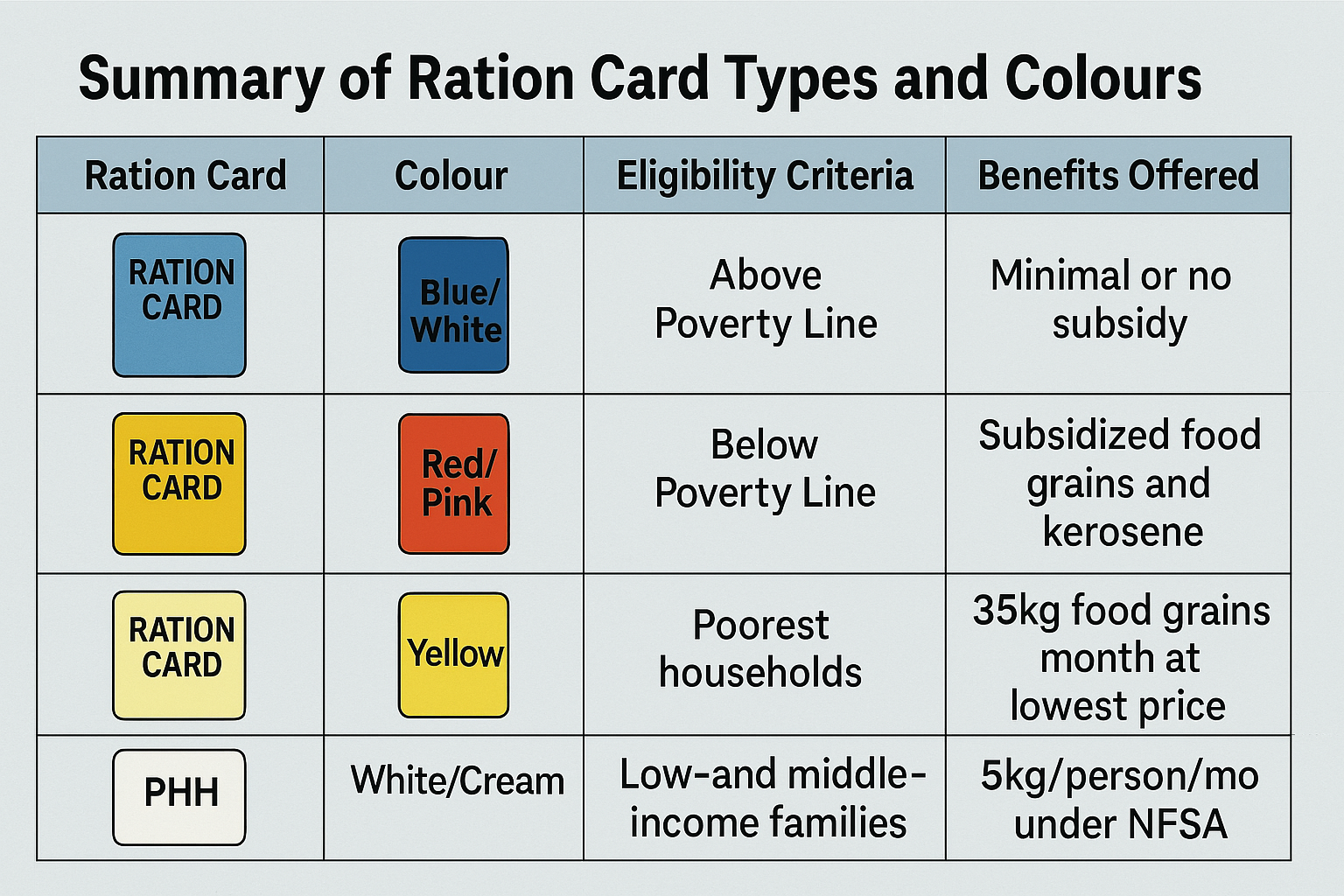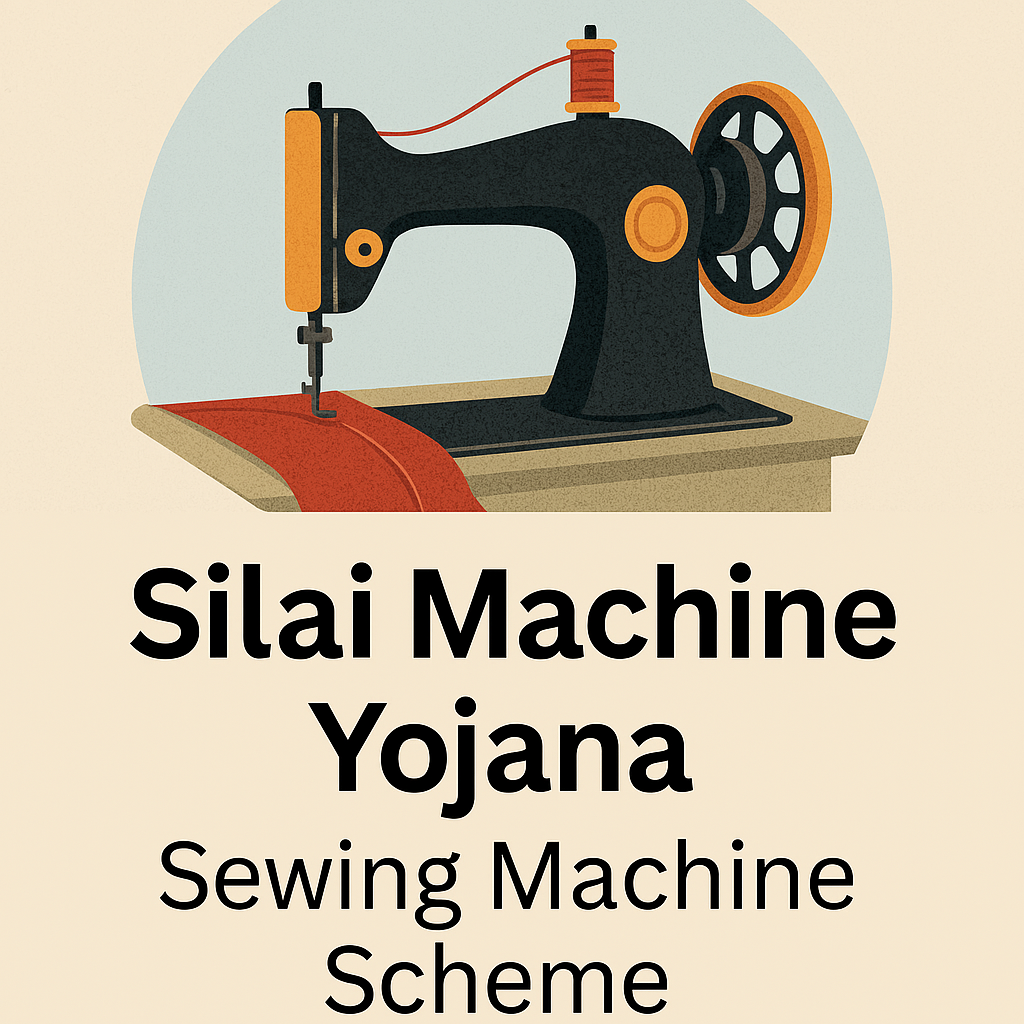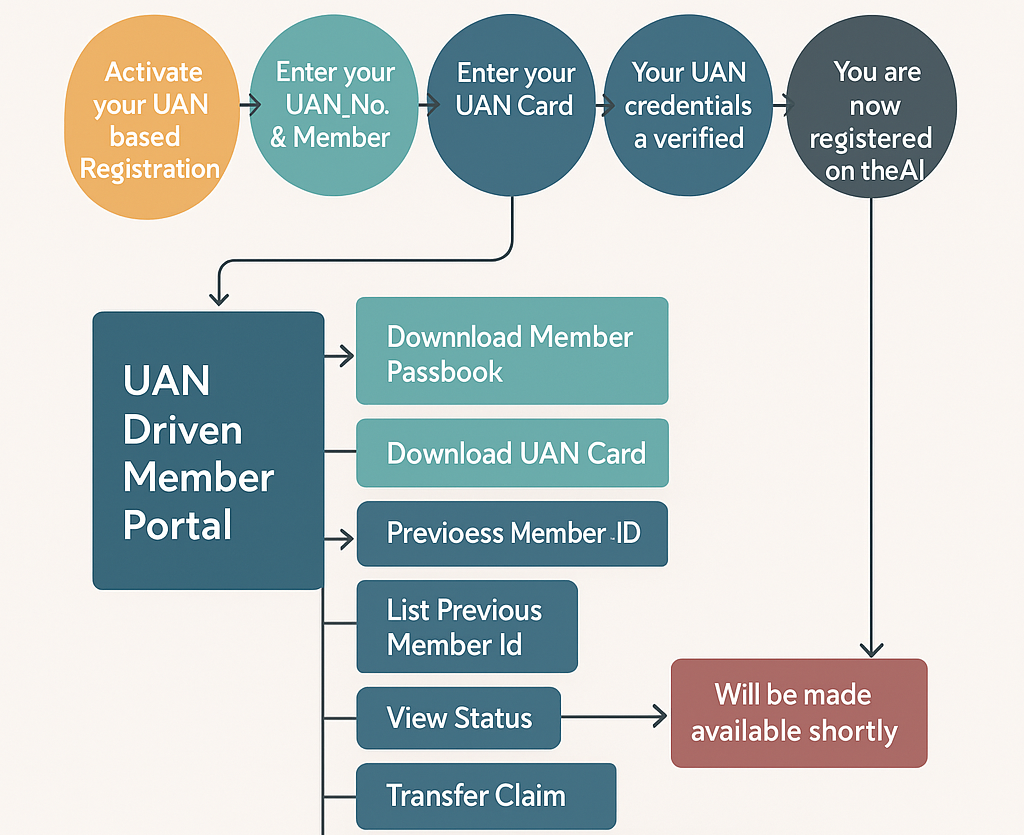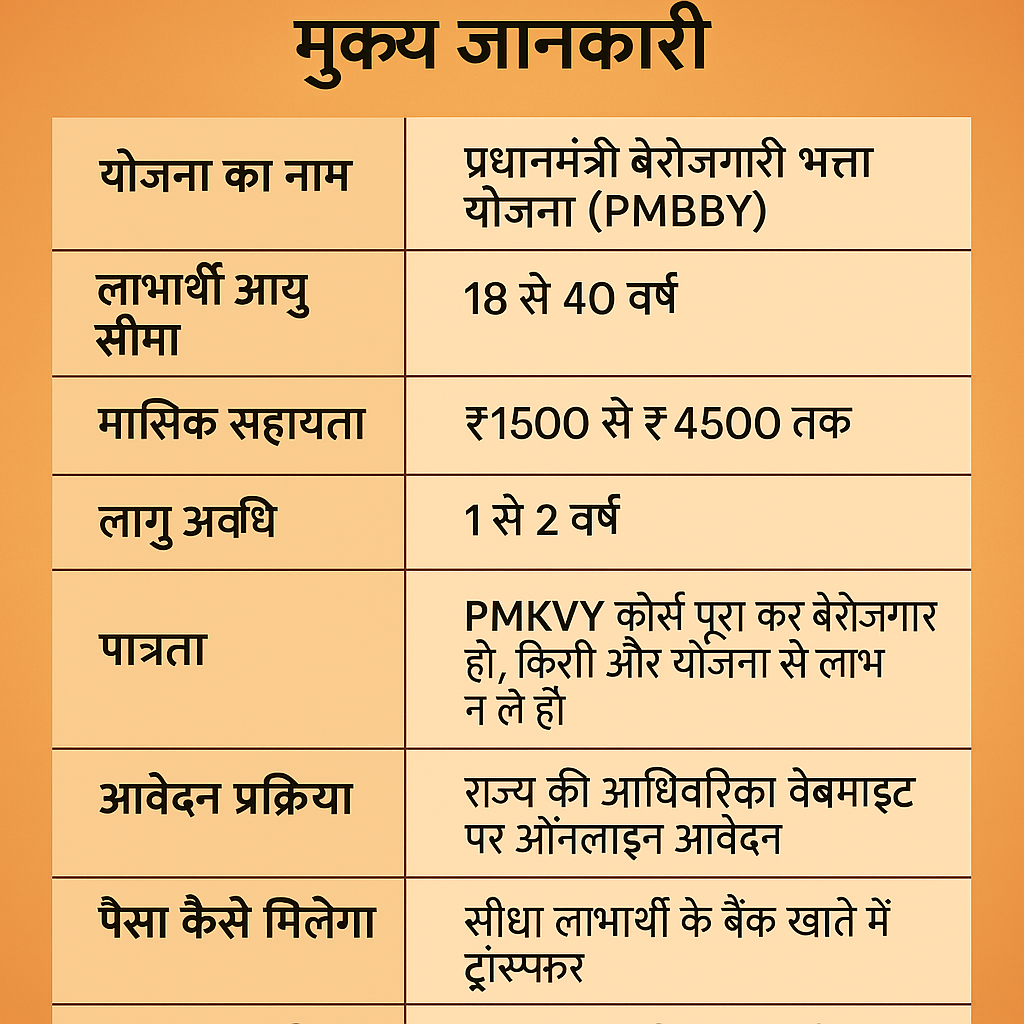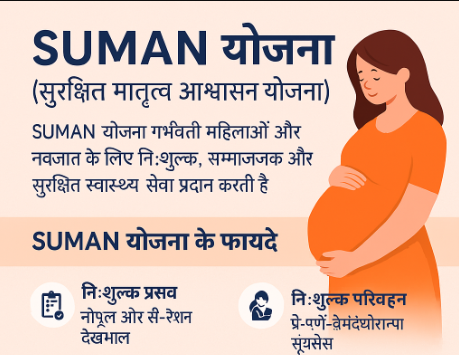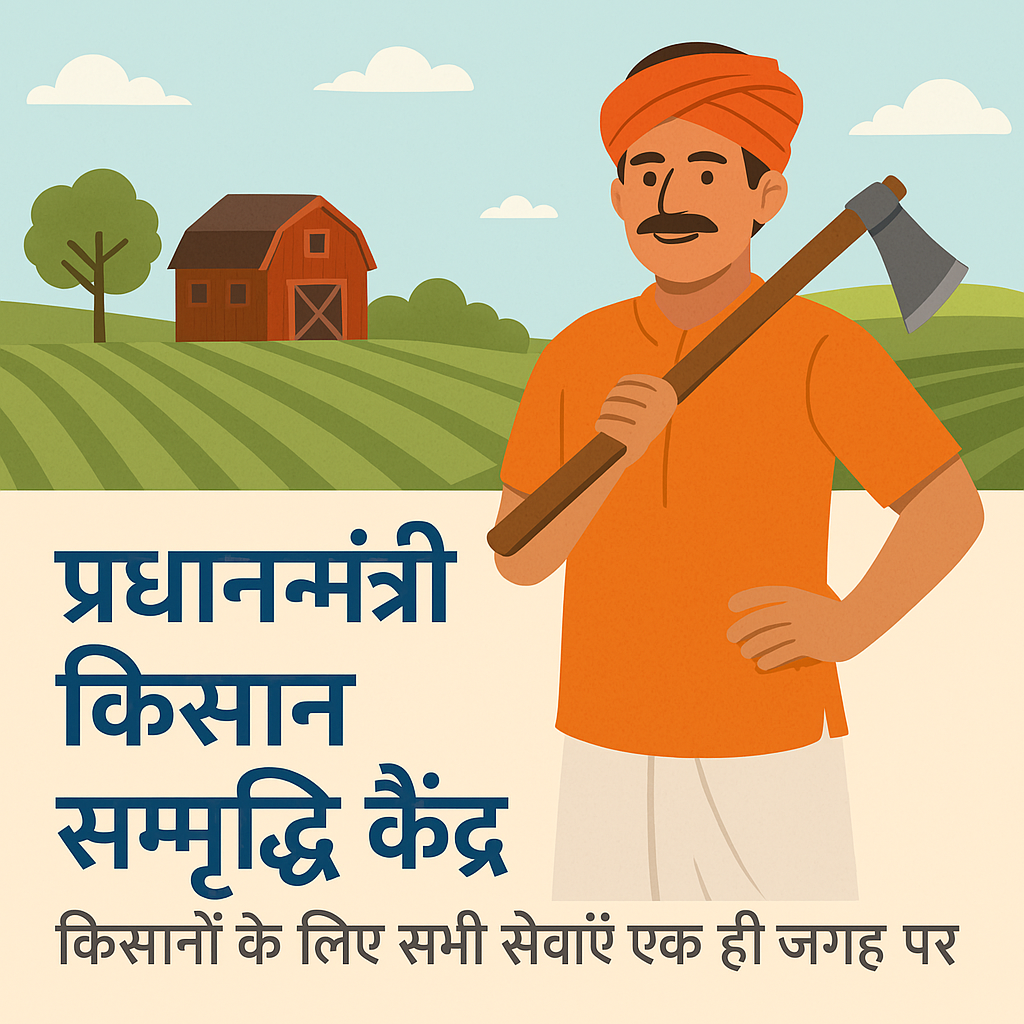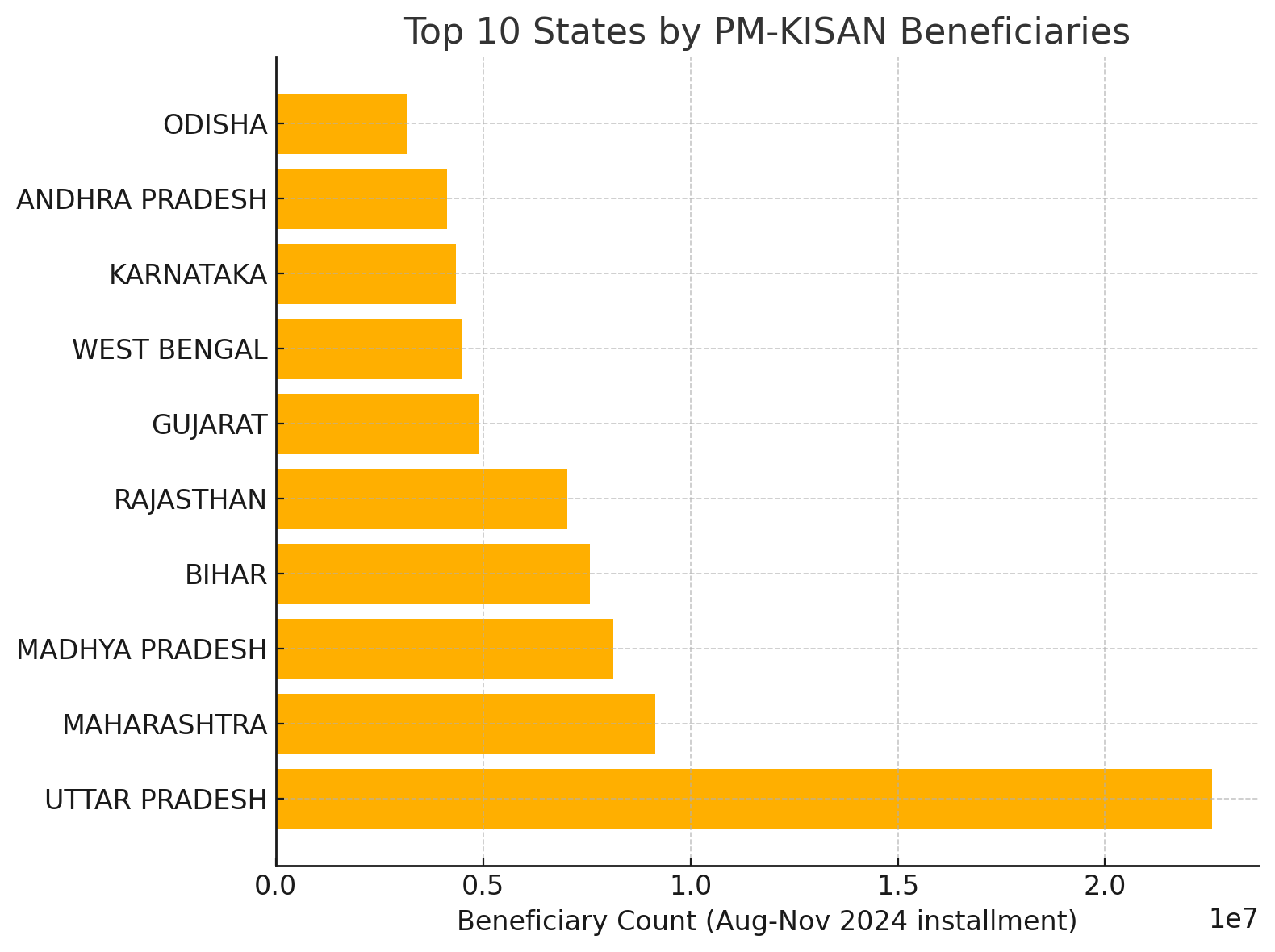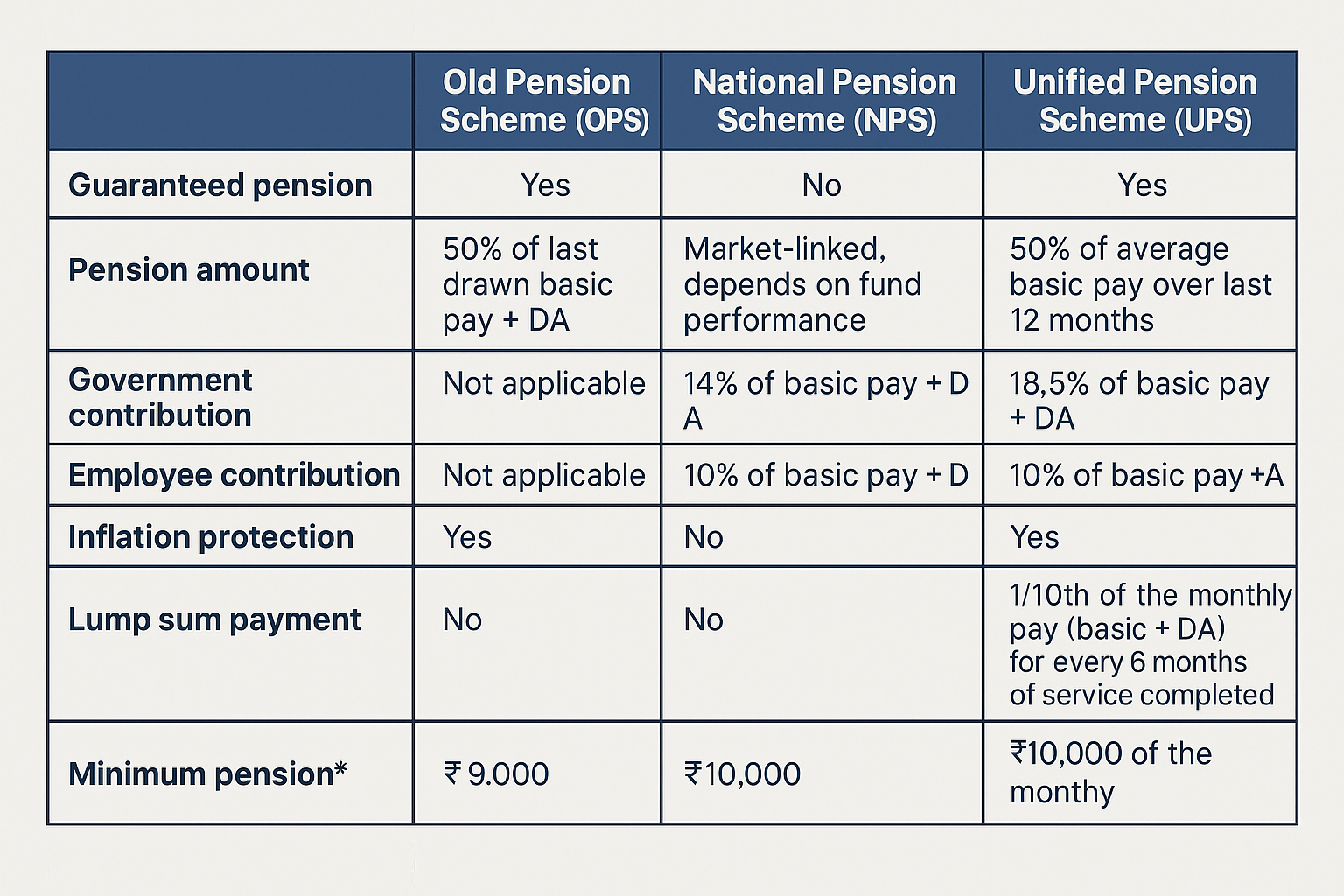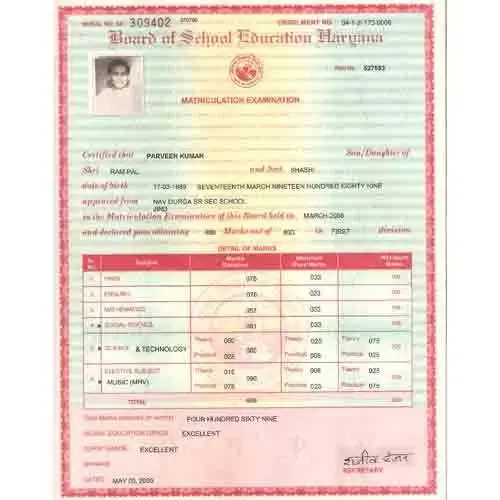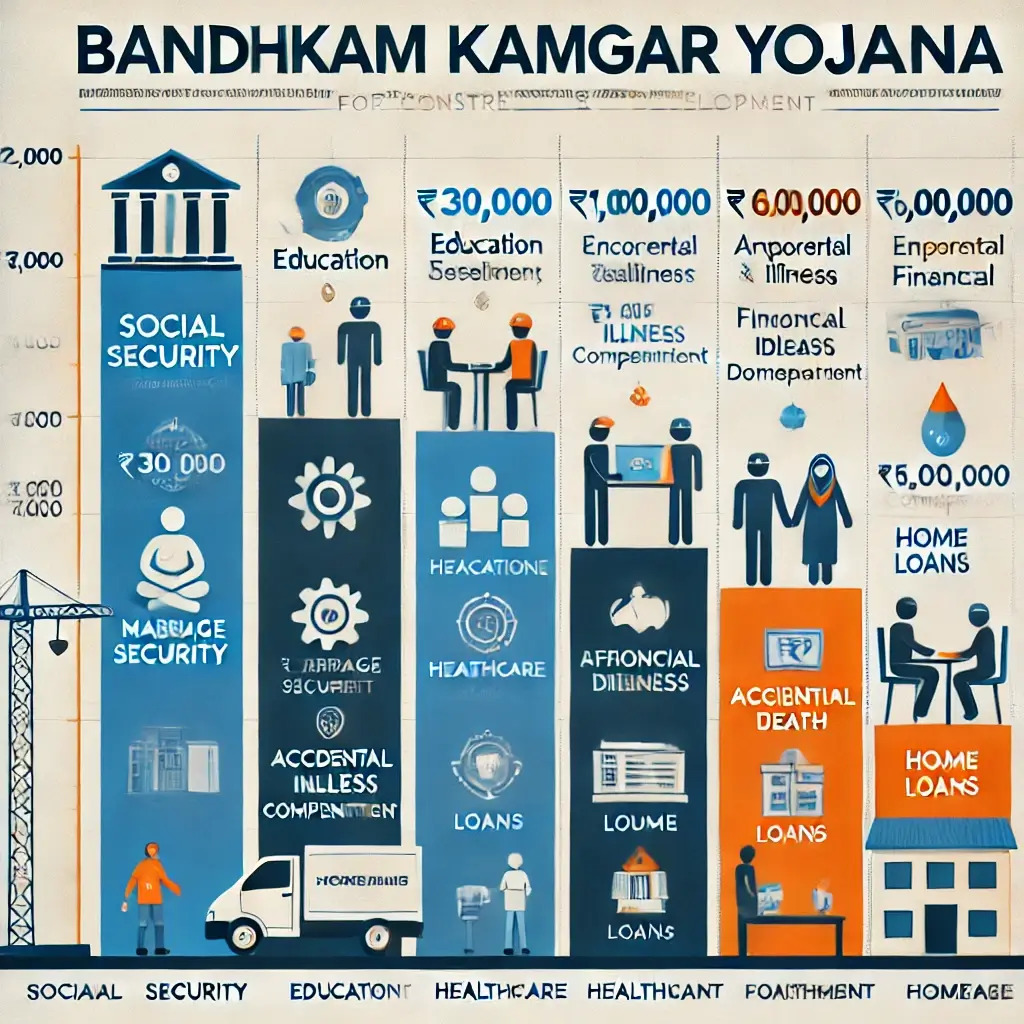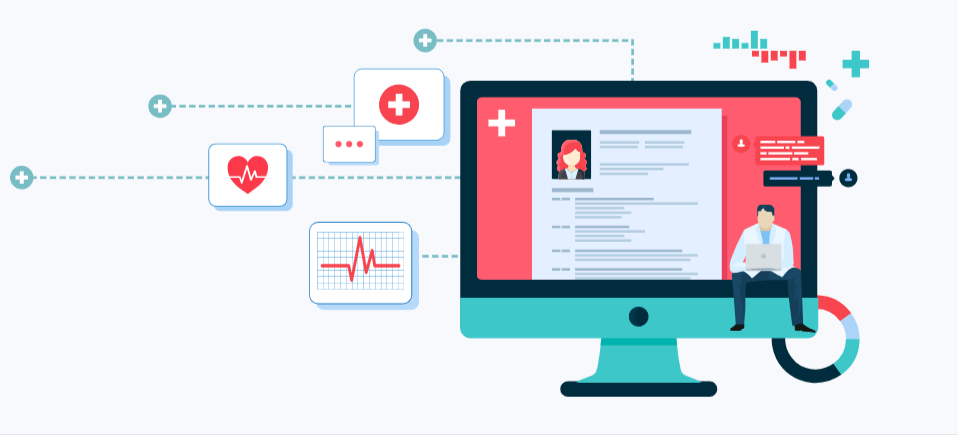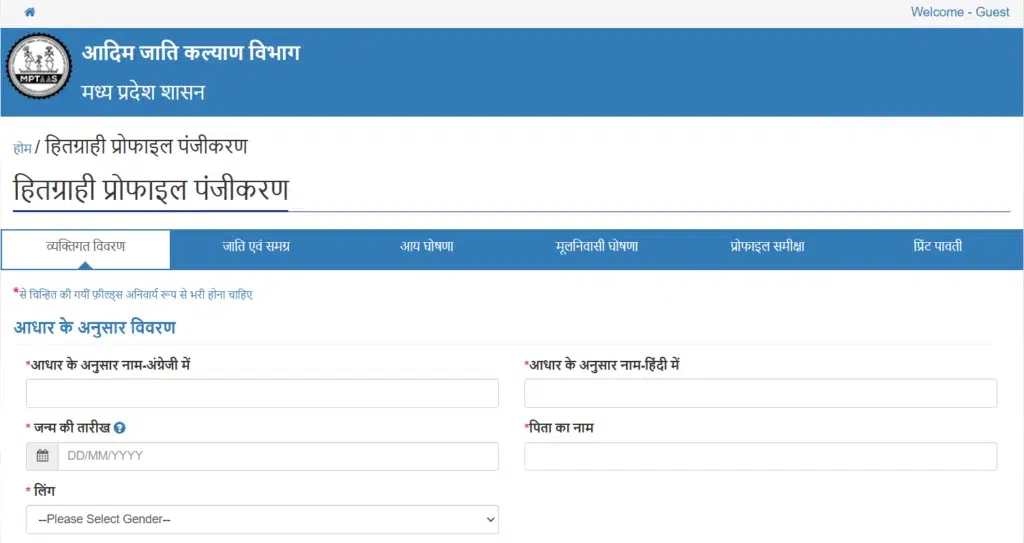
This content was recently updated by Sudhir Singh on March 29, 2025 to improve accuracy.
Summary: The MPTAAS Scholarship is a post-matric financial aid program by the Madhya Pradesh government for SC, ST, and eligible OBC students pursuing studies after Class 10.
It covers tuition fees, exam fees, and monthly maintenance allowances, credited directly to the student’s bank account via DBT. Hostellers can receive up to ₹1,500 per month, while day scholars get up to ₹550, depending on their course level.
The application is completely online and free, and takes just a few days to process. It’s a lifeline for students from low-income families to continue education without financial stress. Read the full article here.
Overview of the MPTAAS Scholarship Program
The MPTAAS Scholarship is a post-matric scholarship scheme launched by the Tribal Affairs Department of Madhya Pradesh to support students from marginalized communities.
Its primary purpose is to remove financial barriers to education for eligible students by providing monetary assistance for higher studies
The program is targeted at Scheduled Tribe (ST) and Scheduled Caste (SC) students (and extended to Other Backward Classes (OBC) in recent updates) pursuing education beyond 10th grade in recognized institutes
Through a fully online platform, MPTAAS automates scholarship applications, verification, and fund disbursement, ensuring that benefits reach students directly in their bank accounts via Direct Benefit Transfer (DBT)
This guide is designed for students, parents, and school administrators in Madhya Pradesh to understand the scholarship’s features and the application process.
MPTAAS Scholarship Eligibility Criteria
To avail the MPTAAS Scholarship, applicants must meet all of the following eligibility conditions:
- Domicile: The student must be a resident of Madhya Pradesh (possessing a valid MP domicile).
- Category: The scholarship is exclusively for Reserved Categories – applicants must belong to the Scheduled Tribe (ST) or Scheduled Caste (SC) community (in recent years, eligible OBC students are also included). Applicants from unreserved categories or other states are not eligible.
- Academic Level: It is a post-matric scholarship, so the student should be studying in Class 11 or 12, or at an undergraduate, postgraduate, diploma, or doctoral level in a recognized school/college/university. In other words, any course after passing Class 10 (high school) – including higher secondary, degree, or professional courses – qualifies for this scheme.
- Family Income: Annual family income limits apply. For SC/ST students, family income should generally be under ₹5,00,000 to receive full benefits (SC/ST candidates with income between ₹5 lakh and ₹6 lakh per year are eligible for a 50% scholarship benefit). For OBC students, the family’s annual income must not exceed ₹3,00,000. These income criteria ensure the scholarship reaches those with financial need.
- Other Conditions: The applicant’s parents/guardians should not be employees of any government institution (i.e., not in a government job).
- Additionally, the student’s bank account must be linked to their Aadhaar number (for DBT transfer), and a valid Samagra ID (Madhya Pradesh’s family identification number) is typically required during registration and verification.
Note: Meeting the above criteria is essential. School administrators should verify students’ caste certificates, income proofs, and domicile to ensure eligibility before assisting with applications. Ineligible or incomplete applications may be rejected during the scrutiny process.
Benefits and Types of Scholarships under MPTAAS
The MPTAAS Scholarship provides financial support to cover educational expenses for eligible students. Key benefits of the scheme include coverage of academic fees and a maintenance allowance, which vary based on the student’s course of study and living situation:
- Tuition and Exam Fee Reimbursement: The scholarship pays for tuition fees, examination fees, and other mandatory fees charged by the institute for the course. This ensures that students don’t have to shoulder institutional expenses – allowing them to pursue higher education without financial stress. The amount covers approved fee components for the entire academic session as per government norms.
- Monthly Maintenance Allowance: In addition to fee reimbursement, MPTAAS provides a monthly stipend to help with living expenses (food, lodging, books, etc.). The stipend rates are categorized into four groups based on the course level, and differ for hostellers (students living in a hostel) versus day scholars (students who live at home or off-campus). Below are the scholarship maintenance amounts as per course group:
- Group I – Professional and Postgraduate courses (e.g. Medical, Engineering, MBA, M.Tech, M.Phil, Ph.D., etc.): ₹1,500 per month for Hostellers; ₹550 per month for Day Scholar.
- Group II – Other Graduate/Postgraduate courses (e.g. B.Pharmacy, Nursing, LLB and similar professional courses not in Group I): ₹820 per month for Hostellers; ₹530 for Day Scholars.
- Group III – General undergraduate courses (e.g. B.A., B.Sc., B.Com or any bachelor’s degree not covered in Group I or II): ₹570 per month for Hostellers; ₹300 for Day Scholars.
- Group IV – Higher secondary courses (Class 11th and 12th): ₹380 per month for Hostellers; ₹230 for Day Scholars.These maintenance scholarships are usually credited monthly (or periodically) to the student’s bank account. They help students from low-income families afford accommodation, meals, and other necessities during their studies.
- Direct Bank Transfer: All scholarship funds (fee reimbursement and allowances) are disbursed directly to the student’s bank account through an online system once the application is approved. This minimizes delays and ensures transparency. Students should make sure their bank account is active, in their own name, and Aadhaar-linked for seamless fund transfer.
There is essentially one scholarship scheme under MPTAAS (post-matric scholarship), but the benefits are tailored by academic level and category. SC and ST students receive the same stipend amounts as listed above, while OBC students (if eligible under MPTAAS) typically receive similar maintenance allowances; however, OBC scholarships are subject to the income cap and government budget provisions. All beneficiaries, regardless of category, use the same portal and process, but the administration is handled by different departments for each category (Tribal, SC, or OBC welfare departments).
Step-by-Step MPTAAS Scholarship Application Process (Online Registration & Application)
Applying for the MPTAAS Scholarship is done entirely online on the official portal. There is no application fee at any stage
Below is a step-by-step guide for students (and guardians) to register and submit the scholarship application:
Step 1 – Portal Registration (New Beneficiary Profile): If you are a new user, start by visiting the MPTAAS official portal at (Tribal Affairs Dept, MP). On the homepage, click on the “New Beneficiary Profile Registration” link (often found under the Login section or Important Links)
This will open the online registration form. Fill in the required personal details accurately, which typically include:
- Name of the student (as per Aadhaar or school records)
- Date of Birth
- Father’s/Guardian’s Name
- Gender and Category (select SC/ST/OBC as applicable)
- Address (Residential address in Madhya Pradesh) and Contact Information (active mobile number and email)
- Samagra ID (the unique Family and Member ID provided by MP government)
- Aadhaar Number and details from your Caste Certificate (certificate number, issuing authority, etc.)
After entering all details, double-check for accuracy and then click “Save & Next”. You will receive an OTP on the registered mobile number for verification
Enter the OTP to verify your contact. Next, you’ll be prompted to set a User ID and Password for your profile; choose a secure password and remember these credentials for future logins
Submit the registration form. Upon successful registration, your Beneficiary Profile is created.(Note: Existing users who have already registered can skip this step and directly log in with their credentials.)
Step 2 – Log in to the MPTAAS Portal: Once registered, go back to the MPTAAS Scholarship portal homepage and click on “Login”. Enter the User ID and Password you set (or received via SMS) along with the CAPTCHA code, then click “Login”
This will take you to your personal dashboard on the portal.
Step 3 – Fill the MPTAAS Scholarship Application Form: After logging in, navigate to the Post Matric Scholarship (PMS) section on the dashboard. Click on “Apply Application” or “Application Apply” to start a new scholarship application.
The online form will ask for detailed information in several sections:
- Academic Details: Select your current Academic Session/Year (e.g., 2023–24) and the Type of Application. For a new application, choose “Fresh” (or if you are renewing for subsequent year, choose “Renewal”). Provide details of your current course – such as the Class or Degree name, Course Year/Semester, and the Admission Date when you joined this course. Enter the Institute Name (school/college/university) and its location. You may need to select the institute from a dropdown list and possibly enter an Institute Code if provided.
- Admission & Fee Details: Input your Admission Number/Enrollment ID (as given by the institute) and the date of admission in the current course. Next, provide details about your course fees. You might be asked to enter tuition fee, exam fee, etc., or the portal may auto-fetch fee details based on your institute and course. If the portal shows an estimated fee amount after you fill course details, review it for accuracy.
- Personal & Bank Details: The personal details from your profile should already be populated. You may need to confirm your Aadhaar number and Samagra ID if not already provided. Enter your Bank Account information – typically the account number, bank name, IFSC code, etc., where you wish to receive the scholarship. (Ensure this account is Aadhaar-linked and active.)
- Family Income Details: Enter the annual family income as per your income certificate. If required, fill in details of the Income Certificate (certificate number, issuing authority, date) or an Income Declaration form as per the portal’s instructions.
- Hostel / Residence: Indicate whether you are a hosteller or day scholar. If you live in a college or government hostel, you may need to provide the hostel name or hostel certificate. If you have any disability or special category, there may be fields to fill those details as well (and you’d need supporting documents).
Step 4 – Upload Required Documents: The application will prompt you to upload scanned copies of all necessary documents to substantiate the information provided.
(See the next section for the detailed list of documents.) Upload each document in the prescribed format – usually PDF or JPEG images. Ensure each file is clear and within the size limit (commonly 200KB to 2MB per file).
For example, upload your Caste Certificate, Income Certificate, Domicile Certificate, mark sheet, etc., at the appropriate document upload fields. Once each file is uploaded, the portal may show the file name or a preview. After uploading, click “Save & Next” to proceed.
Step 5 – Review and Submit Application: After filling all sections and uploading documents, the portal will display a confirmation page summarizing your application.
Carefully review all the entered details and uploaded files. If you spot any mistakes, you can go back and correct them before final submission. Once satisfied that everything is correct, click “Submit” to finalize your scholarship application
The system may ask “Are you sure you want to submit?” – confirm “Yes” to submit.
After submission, you should see a message that your application was submitted successfully. Note down the Application ID/Reference Number shown on the screen.
Step 6 – Print Application Form: After submitting, it’s recommended to download or print a copy of the final submitted application form for your records.
The portal usually provides a “Print Application” option. Save this PDF/printout, as it may be needed for verification.
Step 7 – Institute Verification: (Offline step): This step is for after you have applied online. Submit a copy of the application form along with photocopies of all uploaded documents to the institution’s scholarship in-charge (e.g., school/college administration) if instructed.
Many institutes require the student to hand in the printed application and documents so they can verify the details online and approve your application in the portal. School or college administrators should check the form, verify the documents against originals, and then confirm the student’s details on the portal for the application to proceed further. (School administrators: ensure timely verification as the department will process payment only after institutional approval.)
Step 8 – Complete e-KYC (Post-Submission): After applying, students must complete an e-KYC verification to validate their Aadhaar for the scholarship. On the portal, look for the “e-KYC” option (often under your profile menu or a separate section).
There are two methods:
- OTP Based e-KYC: Verify your identity by receiving a one-time password on the mobile number linked to your Aadhaar. Enter the OTP on the portal to authenticate.
- Biometric e-KYC: If OTP on the Aadhaar-linked mobile is not available, you can visit a kiosk or use a biometric device to authenticate your fingerprint/iris against the Aadhaar database.
Completing e-KYC is mandatory – it links your Aadhaar to the scholarship application and is required for the disbursement of funds
Once e-KYC is done, you will start receiving SMS updates about your scholarship status and payments on your registered mobile.
After these steps, your application moves to the verification stage by authorities. You can log in to the portal anytime to check the status of your application.
Under the PMS section, there’s an “Application Status” or “Track Application” option where you can see if your form is verified, approved, or if any action is pending.
If there are deficiencies (e.g., incorrect documents), the status may ask for correction – you should respond promptly if so. Otherwise, once approved, it will move to payment processing.
MPTAAS Scholarship Required Documents and Upload Guidelines
Applicants need to furnish valid documents to prove eligibility (caste, income, etc.) and for processing of the scholarship. Ensure you have the following documents ready (in scanned copies) before beginning the application:
- Caste Certificate: A valid SC/ST/OBC caste certificate of the student, issued by a competent authority in Madhya Pradesh. It should clearly mention the caste/sub-caste and be in the student’s name. (For minors, this may be part of the father’s certificate with the student listed as child, but typically an individual certificate is required by Class 11.)
- Income Certificate: A recent family income certificate issued by the Tehsil/Revenue Department or authorized body. It must certify the annual income of the student’s family, aligning with the scheme’s income criteria. (In absence of a formal certificate, some districts allow an income affidavit or self-declaration form attested by authorities – check local guidelines.)
- Domicile Certificate / Residence Proof: Proof that the student is a resident of Madhya Pradesh. This could be an official Domicile Certificate or Permanent Resident Certificate issued by the state. Sometimes the caste certificate doubles as domicile proof if it mentions residence; otherwise a separate domicile certificate or voter ID/ration card of parents in MP may be used as supporting proof.
- Educational Marksheets: All relevant mark sheets of previously passed examinations. For new Class 11 applicants, this would be the Class 10 board exam mark sheet. If applying in first year of college, the Class 12 mark sheet is needed. For renewals or higher years, you need the last passed semester/annual exam mark sheet. (Ensure these are attested if required.)
- Current Course Admission Proof: A document to show you are admitted to the course for which scholarship is sought. This can be the admission letter, bonafide certificate from the college, or the latest fee receipt from the institution. It should contain details like course, year, and institute name.
- Aadhaar Card: The student’s Aadhaar card (12-digit unique ID) is mandatory for identity verification and DBT transfer. Scan a copy of the student’s Aadhaar. (According to some guidelines, Aadhaar of parents may also be required for profile creation, so keep copies of parents’ Aadhaar cards handy as well.)
- Bank Account Details: The student’s bank passbook or a canceled cheque showing the bank account number and IFSC code. This is to confirm the account to which scholarship funds will be sent. The account should ideally be in a nationalized bank and in the student’s name. Upload the scanned first page of the passbook (with name, account number, IFSC) or an official bank statement header.
- Recent Passport-Size Photograph: A digital passport-sized photo of the student, preferably in school/college uniform or formal dress, against a plain background. This will be used on the scholarship form and ID. Ensure the photo is clear and meets the size requirements (usually <50 KB in JPEG format).
- Samagra ID Details: While not a document to upload, you will need your Samagra Family ID and Member ID (समग्र आईडी) during registration. Make sure you know these IDs. (If you don’t have a Samagra ID, you must get one made through the MP Samagra portal or at a local Janpad/Panchayat office, as it’s required for most state schemes).
Upload Guidelines: When scanning or photographing documents, ensure they are legible and authentic. Scan in grayscale or color at a readable resolution (usually 150–300 DPI). The portal will specify allowed file formats (commonly PDF, JPEG, or PNG) and a maximum file size (often around 200 KB for photos, and 2 MB for certificates).
If a file is too large, use an online PDF compressor or image optimizer to reduce size without losing clarity. Name the files appropriately (e.g., “IncomeCert.pdf”) for your own reference.
While uploading, attach each document in the correct field – misplacing documents (like uploading income certificate in place of caste certificate) can lead to rejection.
After upload, you might be able to click and view the file – verify that the entire document is visible and clear (not cut off).
Finally, retain the original documents and a set of photocopies. You will need to produce the originals to your college/school for verification. School administrators should cross-verify the uploaded documents with originals for authenticity and then approve the application online.
Any discrepancy should be corrected by the student by re-uploading the correct document (the portal typically allows editing until final institute verification is done).
MPTAAS Scholarship Important Deadlines and Timeline
Application Period: The MPTAAS Scholarship is announced each academic year, and students must apply within the stipulated window. Typically, the application process starts around the beginning of the academic session (July/August) and remains open for several months,
Deadlines can vary year to year. For example, in the 2021 session the applications closed in mid-November 2021, whereas for the 2023–24 session, the deadline was extended up to March 31, 2025
This indicates the timeline is subject to change – often the government extends deadlines to ensure maximum student coverage. Students and school officials should keep an eye on official notifications each year. It is crucial to submit the application before the last date. Late applications are generally not accepted once the portal is closed.
Verification and Approval: After the application period ends (or as you submit your application), the verification process takes place. First, your institute will verify your form and documents (ideally while the portal is still open).
Next, district or state authorities (Tribal Department officials) review the application. This phase can take several weeks. It’s common for the verification and approval process to continue through the end of the calendar year into the next (for instance, applications submitted by fall might be approved by winter).
During this period, students should regularly check their application status online, in case any queries are raised. School administrators should make sure to complete their part of verification by the deadline given to institutes.
Disbursement of MPTAAS Scholarship: Once an application is approved by all levels, the scholarship amount is sanctioned for payment. Funds are disbursed in the later part of the academic year. In many cases, the maintenance allowance is released on a monthly or quarterly basis directly to the student’s bank account.
However, sometimes the payment (including reimbursement of fees) is done in lump sum after final approval. According to the Tribal Affairs Department, the scholarship amounts are transferred directly to students’ bank accounts via the online system and an order for payment is issued as soon as the application is fully approved.
For example, if your application is accepted, you might receive a notification that the scholarship for, say, 2023–24 has been credited (covering the allowance for the months of that session).
Timeline Example: In a typical cycle – Applications open in July, many students apply by September; application closes by year-end (say December). Verification happens and by Jan/Feb, most applications are approved. Then funds are transferred before the financial year end (March) or early in the next year’s academic cycle.
In the 2023–24 example, applications were allowed until end of March 2025 (extending well into the next year), so the disbursement would occur after that, likely by mid-2025 for that academic year’s students.
Staying Informed: It’s important to track official announcements. The portal may show notifications or send SMS/email alerts for key events (such as application opened, last date approaching, scholarship released, etc.).
The MP Tribal Affairs Dept’s website and local newspapers will also publish notices about the scholarship timeline. If you are unsure, contact the helpdesk or your institution for the current year’s deadlines. Missing the deadline means waiting until the next year’s cycle, so make it a priority to apply on time.
Renewals: For students who continue the same course in subsequent years (e.g., going from B.A. 1st year to 2nd year), a renewal application must be filed each year. Renewal timelines are generally the same as fresh applications.
Renewal requires updating your profile with the latest exam result and submitting a new form (with fewer documents since caste/domicile may carry over, but latest marksheet is needed)
The deadline for renewals is typically the same as for new applicants each session.
In summary, mark your calendar for the scholarship every year. Start preparing documents in the beginning of the academic term and submit well before the last date to avoid portal rush or technical issues.
Schools should remind students of these deadlines and possibly set an internal cutoff date to collect printouts and verify documents, to ensure all applications from their institution are forwarded timely.
Frequently Asked Questions (FAQs)
Q1. Who is eligible to apply for the MPTAAS Scholarship?
A: Students who are domiciles of Madhya Pradesh and belong to Scheduled Tribes or Scheduled Castes are eligible. In recent times, OBC students in Madhya Pradesh are also covered under the post-matric scholarship scheme through the MPTAAS portal
Eligibility further requires that the student is studying in Class 11 or above (any post-matric course) in a recognized institution, and meets the income criteria (family income not exceeding ₹5 lakh for SC/ST, or ₹3 lakh for OBC)
Children of government employees are not eligible for this scholarship
(In essence, an MP-resident student from SC/ST/OBC community, enrolled in 11th standard or higher, with a lower-income family can apply.)
Q2. What expenses are covered by the MPTAAS Scholarship and how much money is granted?
A: The scholarship covers education fees and provides a living allowance. Specifically, it pays the tuition, exam, and other compulsory fees of the course, and gives a monthly stipend to the student for maintenance.
The stipend amount ranges from approximately ₹230 up to ₹1,500 per month per student, depending on the course level and whether the student stays in a hostel or not
For instance, a college student in a professional course may get ₹1,500/month (if hosteller), whereas a Class 12 day-scholar gets about ₹230/month as per the set rates. These funds are directly deposited into the student’s bank account. There is no lump-sum cash given upfront; rather, payments are periodic covering the academic term’s expenses.
Q3. Is there any application fee or cost to apply for this scholarship?
A: No. The entire application process is online and free of cost. You do not need to pay any fee to register or to submit the scholarship form.
Be cautious of anyone asking for money to “assist” with the application – the official process does not require any middleman or fee. Just ensure you apply through the official government portal.
Q4. How do I apply for the MPTAAS Scholarship and what is the process?
A: You must apply online via the MPTAAS scholarship portal. First, register as a new user by creating a beneficiary profile on the portal (providing your personal, educational, and caste details)
Then log in and fill out the scholarship application form, including your course and bank details, and upload the required documents (caste certificate, income certificate, marksheets, etc.). Finally, submit the form and note your application ID. A detailed step-by-step process is provided in the section above.
Remember to also complete the Aadhaar e-KYC on the portal after submission and submit your form and documents to your school/college for verification. If you face difficulties, refer to the official user manual on the portal or contact the helpline. (School administrators are advised to guide students through this process and ensure all necessary information is correctly entered.)
Q5. What is the last date to apply for the MPTAAS Scholarship each year?
A: The deadline can vary by academic year. Generally, the application last date falls a few months after the academic session starts. In some years it has been around November of that year, but it can be extended; for the 2023–24 session, for example, the last date was March 31, 2025
It’s crucial to check the current year’s notification on the official portal. Always try to apply well before the deadline to avoid last-minute server issues or missing documents. If you miss the deadline, you will likely have to wait until the next year’s cycle (and you may lose the scholarship for the current year).
Q6. How can I check the status of my scholarship application or know if I will receive the funds?
A: You can check your application status online on the MPTAAS portal. Log in with your credentials, go to the Post Matric Scholarship section, and click on “Application Status” (or a similarly named option).
This will show whether your form is Pending, Verified by Institute, Approved by Department, or Rejected (with reason if rejected). Once your application is marked as Approved, you can expect disbursement. The portal may also show a “Payment Status” indicating if the scholarship amount has been sent to your bank account.
Additionally, after approval and processing, you usually get an SMS on your registered mobile when the scholarship money is transferred. The timeline for receiving funds can be a few weeks after approval – be patient, but if it’s excessively delayed even after approval, contact the helpdesk with your application ID.
Q7. If my family income is slightly above the limit, can I still get any benefit?
A: For SC/ST students, there is a provision for partial scholarship if the income is in a certain range. Specifically, if your family income is between ₹5 lakh and ₹6 lakh per annum (just above the usual ₹5 lakh cap), you might receive 50% of the scholarship benefits instead of the full amount
However, if the income exceeds ₹6,00,000, then you would not be eligible at all. For OBC students, the income limit is strict at ₹3 lakh – exceeding that typically disqualifies the application (there is no partial scholarship for OBC above ₹3L). Always refer to the latest guidelines, as income criteria can be updated by the government. It’s also important to accurately report income; applications are subject to verification and providing false income information can lead to cancellation and penalties.
Q8. Do I need a Samagra ID to apply, and what is it used for?
A: Yes, a Samagra ID is required. Samagra ID is a unique family and member ID system in MP used for availing various government schemes. When registering on the MPTAAS portal, you will be asked to enter your Samagra Family ID and the Member ID (specifically identifying the student).
The scholarship portal uses Samagra to fetch or verify details like your family members, residence, etc., and to ensure one student isn’t duplicating benefits. If you don’t have a Samagra ID, you must get one made before applying (through the local authorities or online Samagra portal).
It’s a simple process but must be done in advance. Once you have it, you should also ensure that your Samagra profile is updated (correct income, caste details, etc.) because the MPTAAS system might cross-verify your claims through the Samagra database for consistency.
Q9. Can students outside Madhya Pradesh apply for MPTAAS or can MP domicile students use it for studies outside MP?
A: No, the scheme is state-specific. Only students who are domiciles of Madhya Pradesh and studying within institutions in Madhya Pradesh are eligible.
If you are an MP resident but studying in another state, generally you cannot avail MPTAAS (there are separate national scholarships for studying outside, or other state schemes if you qualify). Conversely, a student from another state studying in MP is not eligible under MPTAAS because they don’t have MP domicile.
The scheme’s intent is to support Madhya Pradesh’s ST/SC/OBC students within the state’s own educational framework. Always verify with the Tribal Department if you have a special case, but the rules are quite strict on domicile and location.
Q10. What happens after I submit the application – how is the scholarship granted?
A: After submission, your application goes through a verification and approval process. First, your institution verifies the details against your documents. Then it is forwarded to the district/block welfare officer and then to the state Tribal/Social Welfare Department for final approval. You should complete the e-KYC process (Aadhaar verification) post submission, as it is mandatory for the funds to be released
Once all verifications are done and you are approved, the scholarship amount is sanctioned and transferred directly to your bank account. You will be notified of the payment via the portal and SMS
If there’s any issue (like a document rejection or query), it will reflect in your status and you may be asked to correct the form or provide additional info.
Upon successful completion, you receive the money (tuition fees may be paid to the institute and the maintenance allowance to you, but in MPTAAS Scholarship both are usually credited to your account and you effectively have your fees reimbursed or paid to the college). For any delay or if the status is unclear, you can reach out to the helpline or your institution for clarification.
These FAQs cover common queries. If you have other doubts (for example, issues logging in, how to retrieve a forgotten password, etc.), refer to the official MPTAAS User Manual on the portal or contact the support team.
Madhya Pradesh-Specific Details and Tips
The MPTAAS scholarship is uniquely tied to Madhya Pradesh’s administrative systems and educational framework. Here are some state-specific details and tips for applicants and administrators in MP:
- Implementing Departments: The scheme is administered by the Tribal Affairs Department of MP (आदिम जाति कल्याण विभाग) in coordination with the Department of Scheduled Caste Welfare and Backward Class Welfare. The online system (MPTAAS portal) is integrated to serve all three departments. This means SC students’ applications are handled by the SC Welfare department, ST by Tribal department, and OBC by Backward Classes department, but all through the one portal. In case of issues, students should contact the relevant department’s helpdesk (see next section for contact) based on their category.
- Samagra ID and e-District Integration: Madhya Pradesh uses the Samagra portal to maintain citizen data and the e-District portal for certificates. The MPTAAS system is linked with these. When you enter your Samagra ID, the system might auto-fetch your family details. Likewise, details like your caste certificate or domicile might be cross-verified through the e-district database. This reduces fraud and paperwork. Tip: Ensure your details in Samagra (such as caste, income, etc.) are up-to-date and match what you are claiming in the scholarship application to avoid discrepancies. If, for example, your Samagra entry shows an old income, consider updating it before applying, or be ready to clarify during verification.
- Local Language Support: The MPTAAS portal and forms are available in Hindi and English. For instance, the “New Beneficiary Profile Registration” is also labeled as “नया हितग्राही प्रोफाइल पंजीकरण” on the site. Students and parents who are more comfortable in Hindi can switch the portal language or refer to the Hindi guidelines. The mobile app (MPTAAS app) also supports Hindi. Tip: School teachers or admins should assist rural or tribal students who might face language barriers or lack of internet access, by conducting workshops or sessions in the local language to walk them through the application.
- MPTAAS Mobile App: The state has launched an official MPTAAS mobile application for Android, to make registration and tracking easier. Users can download it from the Google Play Store. The app allows beneficiary profile creation with Aadhaar e-KYC, and supports uploading necessary details (income, caste, domicile declarations digitally). This is convenient for those who do not have easy access to a computer. Tip: If using the app, ensure you still get a confirmation of form submission and note your application ID. The app is essentially an extension of the portal – you should not apply twice (once on app and once on website); use one platform consistently to avoid duplicate entries.
- Institutional Code & Profile: All eligible institutes (schools, colleges) in MP are registered on the portal with unique codes. School/college administrators should make sure they know their institute’s code and that their institute’s details (affiliation, courses offered, etc.) are updated in the system. Students will select their institute from a dropdown. If a student cannot find their institute in the list, they should inform the institute or the helpdesk immediately – it might mean the institute needs to be added or has a different name in the system. Institutes play a crucial role in the verification, so each school/college should assign a nodal officer for the scholarship to coordinate with students and the department.
- State Quotas and Budget: The MPTAAS scheme is state-funded. While generally all eligible students receive the scholarship, the state allocates a budget each year. In rare cases, if applications are very high, disbursement might be prioritized for lower income ranges or certain categories. So far, Madhya Pradesh has been committed to funding all eligible SC/ST students (and OBC within budget). Tip: Always apply even if you’re unsure about budget availability – partial support is given rather than none, in case of any constraints. The government may announce if any cap exists in a given year.
- Combining with Other Scholarships: If a student is availing any other major scholarship (like a Government of India scholarship for higher education, or a private scholarship covering full expenses), they should check the rules. Generally, MPTAAS cannot be combined with another scholarship that covers the same expenses – you cannot “double-dip” for the same tuition fee from two sources. However, merit scholarships or one-time awards may be allowed concurrently. It’s best to consult with the Tribal Department if you have another scholarship. School admins should keep track if their students have multiple funding sources to ensure compliance with rules.
- Renewal and Academic Progress: State rules usually require that students must pass their exams to continue receiving the scholarship. If a student fails or has to repeat a year, the scholarship for that year might be withheld or discontinued until they clear the exams. There isn’t typically a strict merit cutoff (like percentage) for eligibility, but promotion to the next class is needed. Students are expected to maintain regular attendance and good conduct as well. Some colleges may ask for an attested progress report or utilization certificate each year. Tip: As a student, focus on your studies – not just for your own success, but also because failing to progress can impact your funding. If you have an academic gap year, be prepared to explain it or provide documents if asked when reapplying.
- Regional Offices: The Tribal Welfare Department has offices in each district (often called Janjati Kalyan offices). Likewise, SC and OBC welfare departments have district offices. These offices can be contacted for issues or for submitting any physical documents if ever required. They sometimes also organize awareness camps in tribal-dominated blocks about schemes like MPTAAS. Leverage these resources if you need on-ground help.
In summary, while the MPTAAS application is online, it operates within MP’s governance structure. Being aware of these nuances helps in smoother application and troubleshooting. Students should stay connected with their institute and local welfare offices, and parents should ensure all state IDs (Samagra, Aadhaar, etc.) are prepared. School administrators should verify that all their eligible students are applying and assist the state in implementing the scheme effectively by timely verification and addressing student queries. The success of the MPTAAS program in Madhya Pradesh relies on this collaborative effort to reach every deserving student.
Official Resources and Contact Details
For accurate information and support regarding the MPTAAS Scholarship, please refer to the following official resources:
- MPTAAS Scholarship Portal: This is the official online portal for the Madhya Pradesh Tribal Affairs Automation System. All applications must be submitted here. The website contains notifications, guidelines, and login/registration links. (Alternate URL often used: scholarshipportal.mp.nic.in, but it redirects to or co-exists with the tribal.mp.gov.in site – always prefer the official government links.) Any updates, extensions of deadlines, or announcements will be first available on this portal.
- User Manuals/Guidelines: On the portal, look for downloadable guidelines ( दिशा-निर्देश ) or user manual PDFs. These documents provide step-by-step instructions (often with screenshots) on how to fill out the form, and also list helpline numbers. They are available in English and Hindi. It’s advisable to read these before filling the form to avoid mistakes.
- Helpline Numbers: The state has dedicated helplines for scholarship inquiries. There are separate contact points for each category department:
- Tribal Affairs Department (ST students): Toll-free Helpline 1800-2333-951, Email: helpdesk.tribal@mp.gov.inScheduled Caste Welfare (SC students): Helpline 1800-2331-626, Email: helpdesk.scd@mp.gov.inBackward Classes Welfare (OBC students): Phone 0755-2553329 / 0755-2675521, Email: helpdesk.bcmw@mp.gov.in
- MPTAAS Mobile App: The official app (Android) can be found on Google Play by searching “MPTAAS”. Developer is listed as Tribal Affairs or NIC. The app can be useful for registration and tracking on the go. For any app-specific issues, the portal helpline can assist since the app is just an extension of the portal.
- State Scholarship Portal (educationportal.mp.gov.in): In some references, MP has an Education Portal (educationportal.mp.gov.in) which integrates various scholarship schemes and student information. MPTAAS is part of this ecosystem. While students primarily interact with the tribal.mp.gov.in site, education administrators might use the education portal for approvals. If you are a school administrator, ensure you have access to the Education Portal where you can manage student applications, view lists of applied students, etc. (This may not directly concern students, but it’s an official resource in the background.)
- Official Notifications: Keep an eye on official MP Government publications. The Madhya Pradesh Tribal Welfare Department’s official website and the MP Government Scholarship Notices (sometimes posted on mp.gov.in or in the local language on the departmental site) will have PDF notices for each year’s scholarship announcement, deadlines, and any changes in policy. They might be titled “Post Matric Scholarship 20XX-XX – Guidelines” etc. These are authoritative and useful if any confusion arises from third-party information.
- Contact at Institute Level: Every college or higher secondary school in MP typically designates a scholarship nodal officer or a point person (like a teacher, professor, or registrar handling scholarships). Students and parents should know this contact in their institute. They can coordinate with that person for filling forms correctly or resolving issues like name mismatches, etc. For example, if the portal can’t find your college admission details, your college’s nodal officer can reach out to the department to get it corrected. Institutes also sometimes have their own helpdesk during the scholarship season to help students.
- FAQ on Portal: The MPTAAS site may have a FAQ section or “Common Questions” page. Go through it to see if any question that you have is already answered by the authorities. The FAQ may cover topics like password reset, how to update profile, what to do if bank is not under NPCI for DBT, etc. For instance, ensure your bank account is NPCI enabled for receiving DBT – the portal FAQ/guidance covers that (NPCI status should be “Active” for your bank account to get money.
Lastly, always rely on official communications. Many private websites provide information about MPTAAS (like blogs or educational sites), which can be useful for general understanding but may not always have the latest updates. Cross-verify any critical information (especially regarding deadlines or new rules) with the official portal or through the helpline.
Do not fall for scams – no genuine official will promise you a scholarship in return for money or personal favors. If you encounter any issue that isn’t resolved by the helpdesk, you can escalate by contacting higher officials of the Tribal/SC/OBC Welfare department in Bhopal via official contact numbers listed on their websites.
- Official Portal Link: [MPTAAS Scholarship Portal, Tribal Dept. MP】for registration, application status, and guidelines)
- Helpline Email (Tribal Department): helpdesk.tribal@mp.gov.in
- Toll-Free Number: 1800-2333-951 (Mon-Fri, 10am-5pm)\
- Tribal Affairs Dept. Website: http://www.tribal.mp.gov.in (contains links to MPTAAS and other schemes)
By using the above resources, students, parents, and school administrators can get authoritative information and resolve their queries. The MPTAAS Scholarship is a valuable opportunity – with the right information and timely action, eligible students can fully benefit from it, paving the way for their educational success.
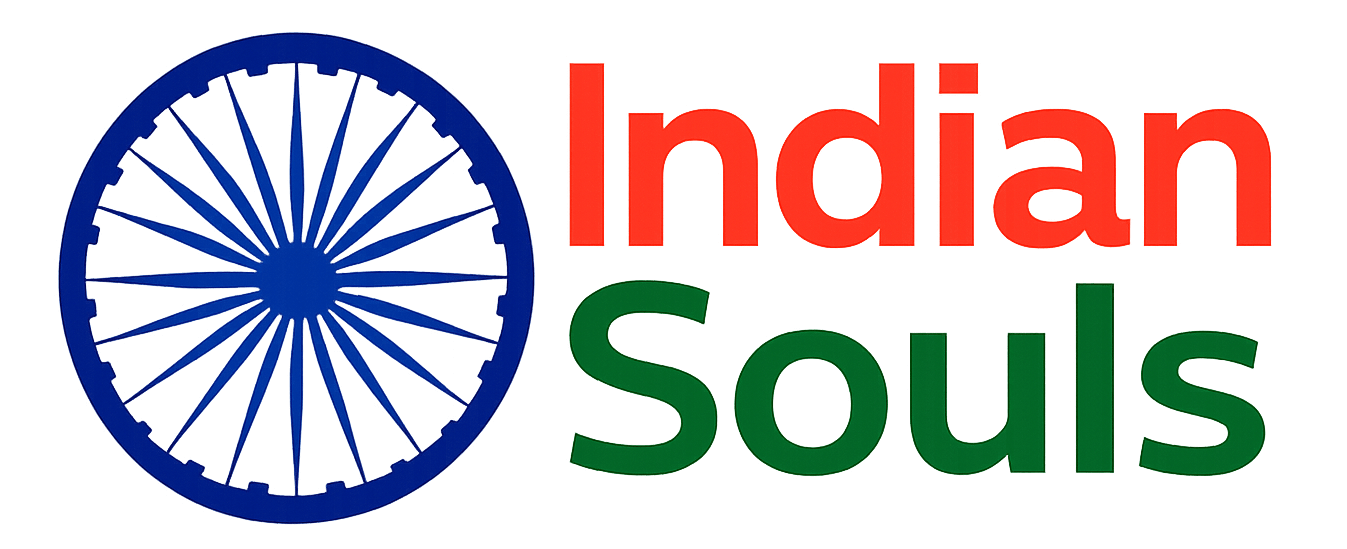

![12 Government Schemes Urban Poor Must Know About [2025 Guide]](https://indiansouls.in/wp-content/uploads/2025/05/image-1.jpg)

